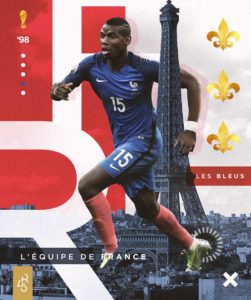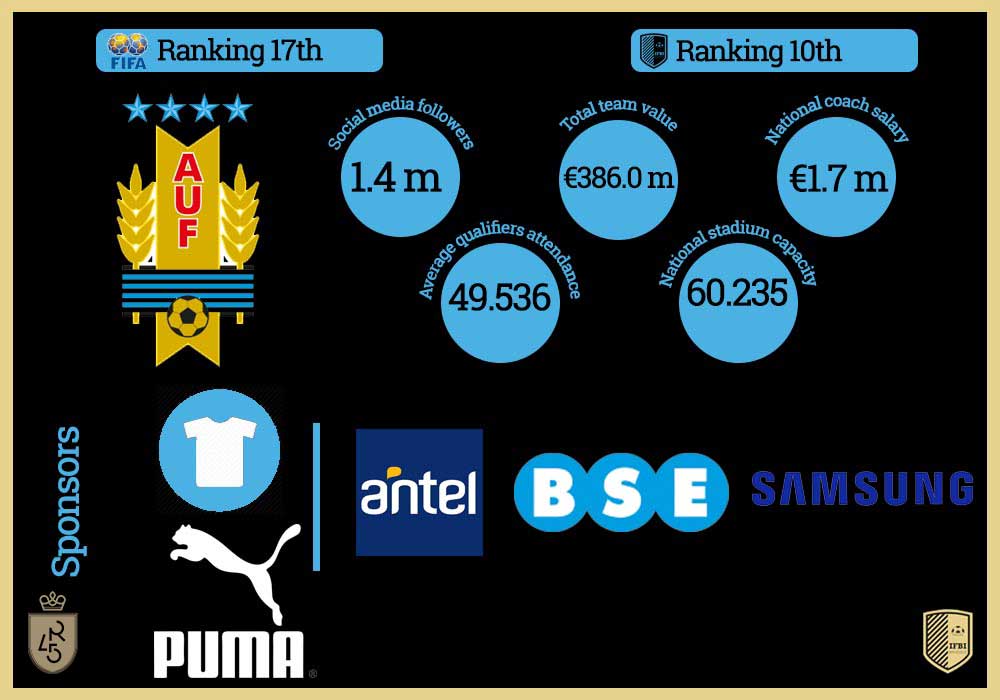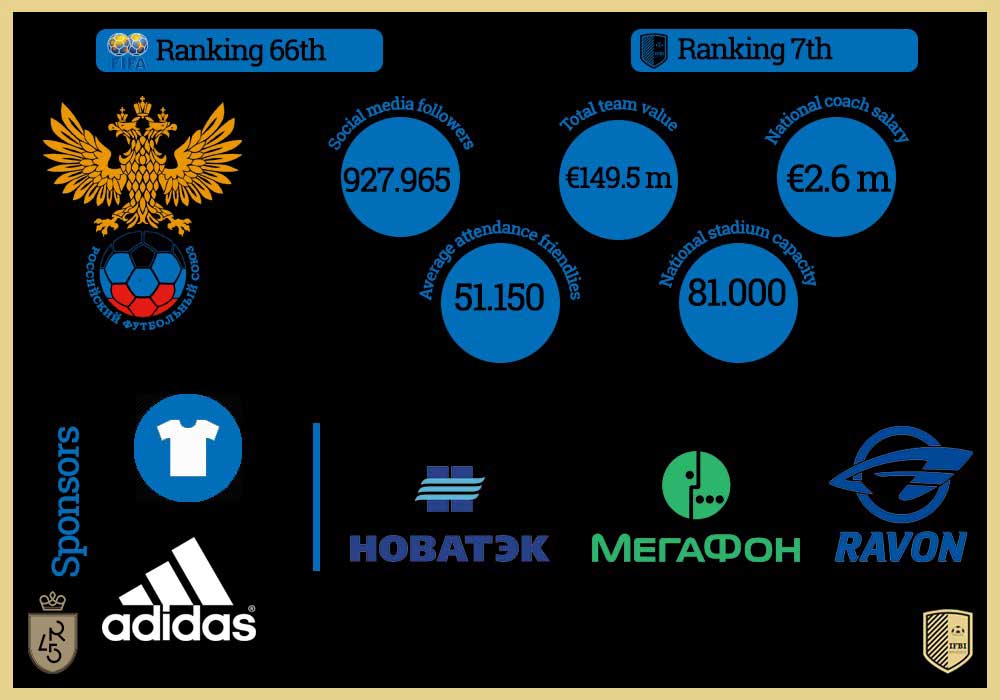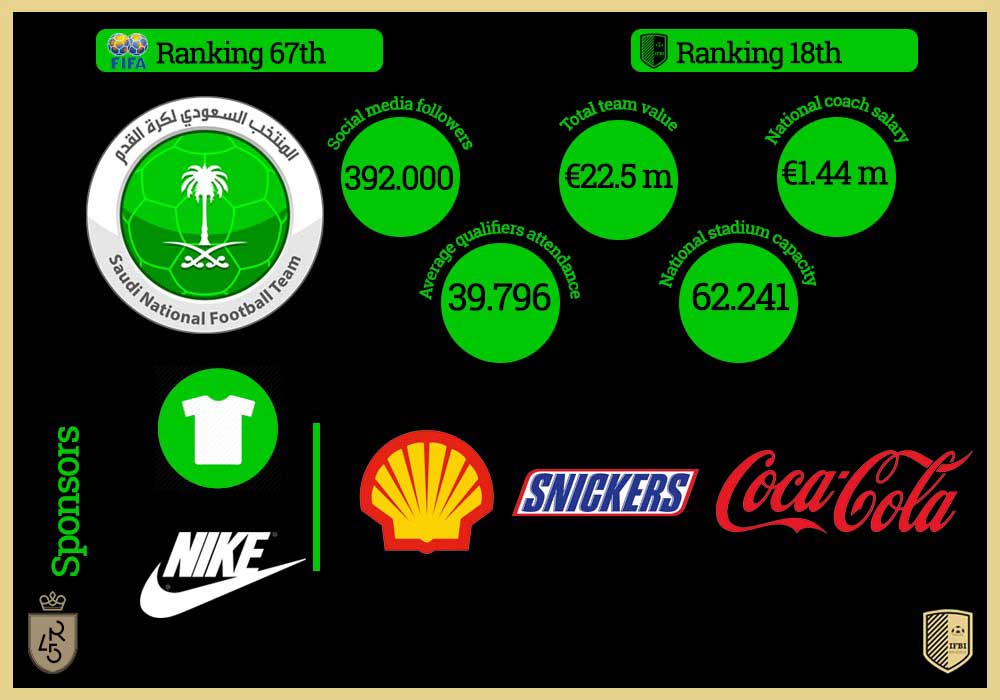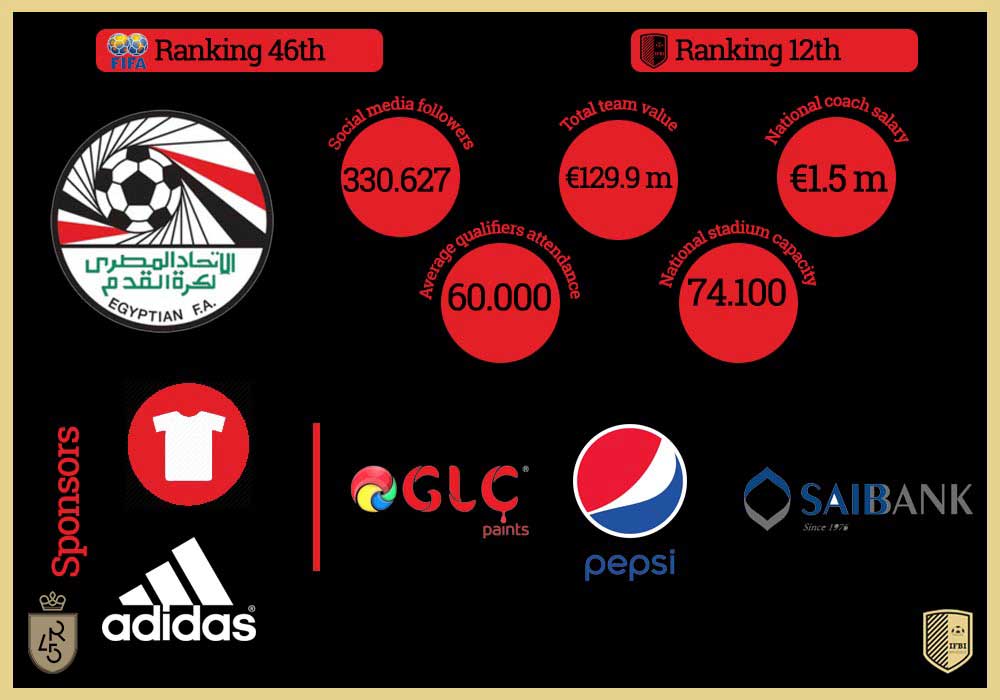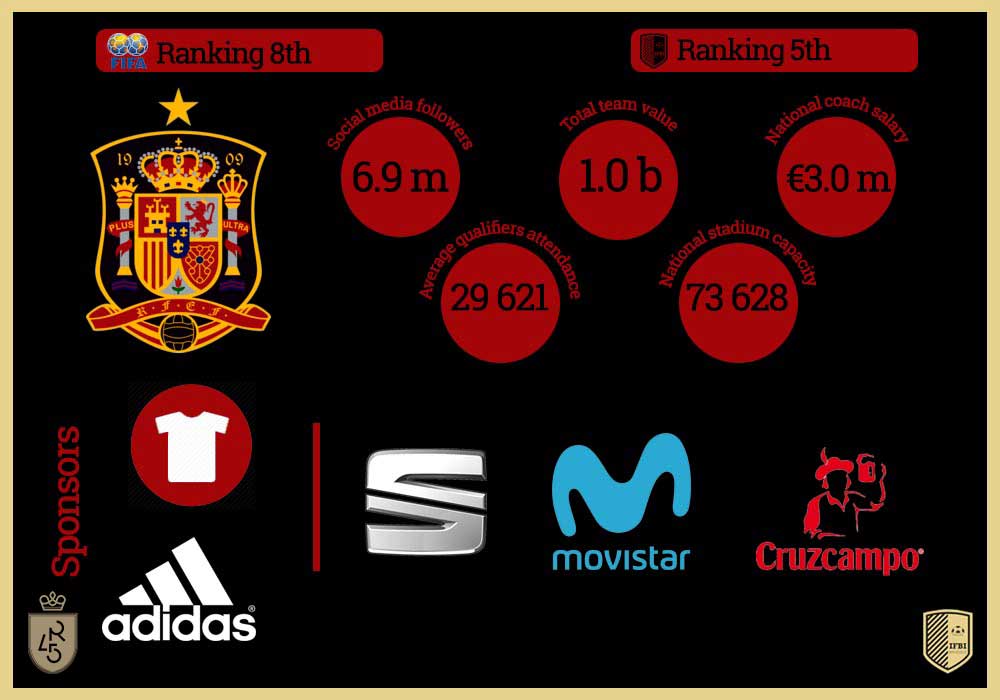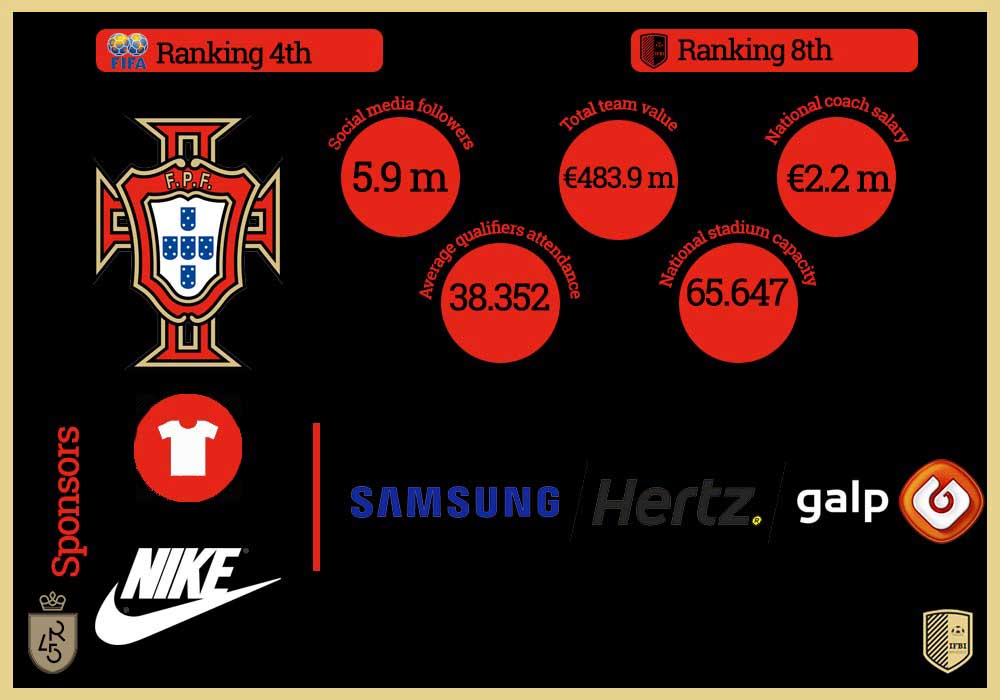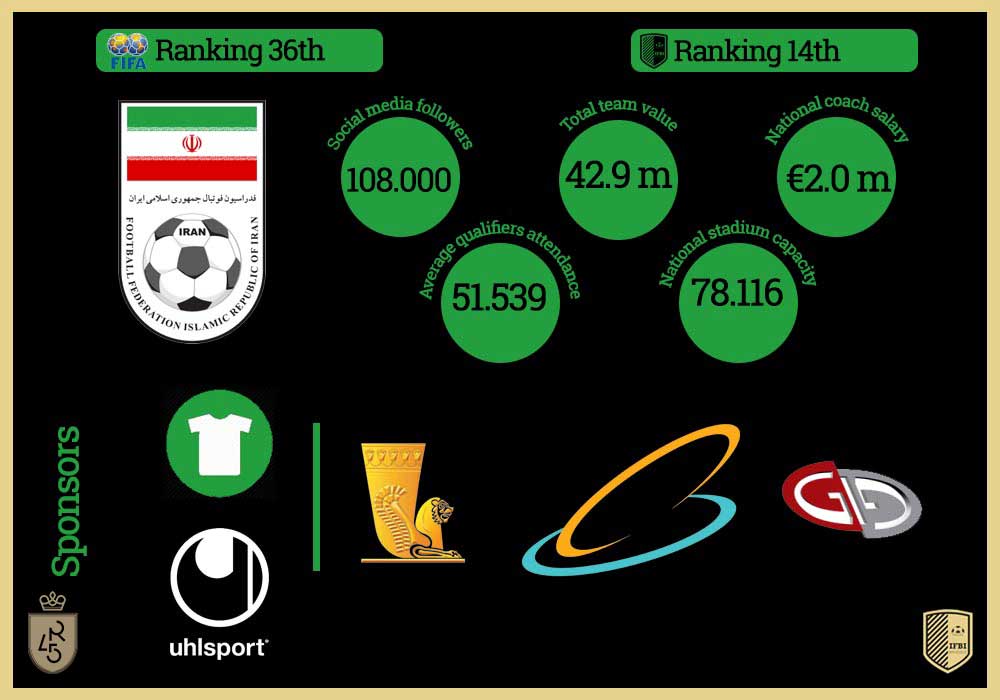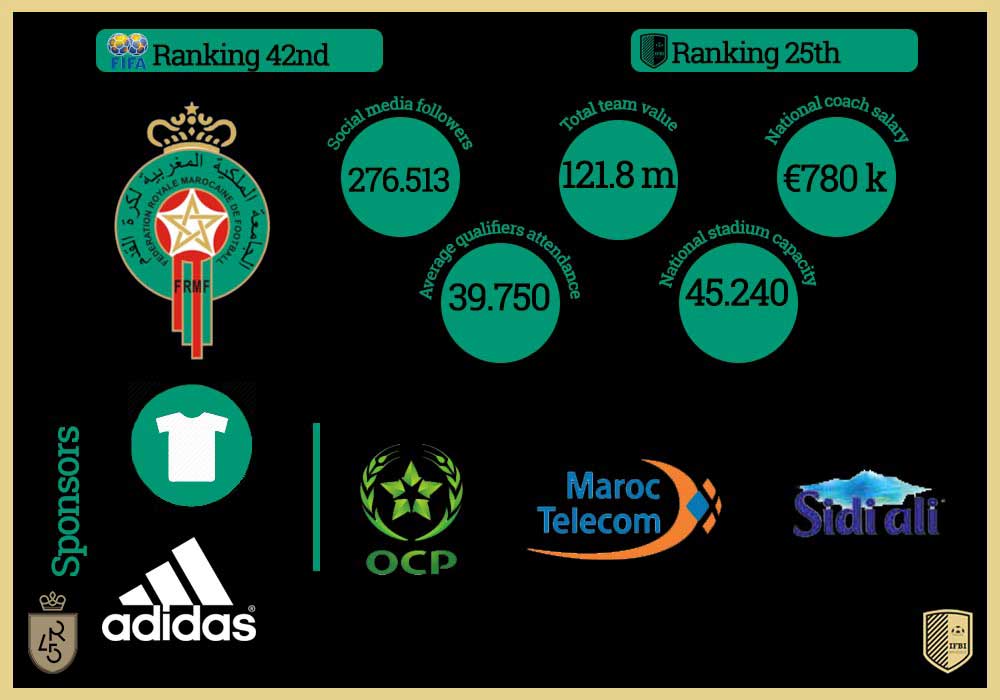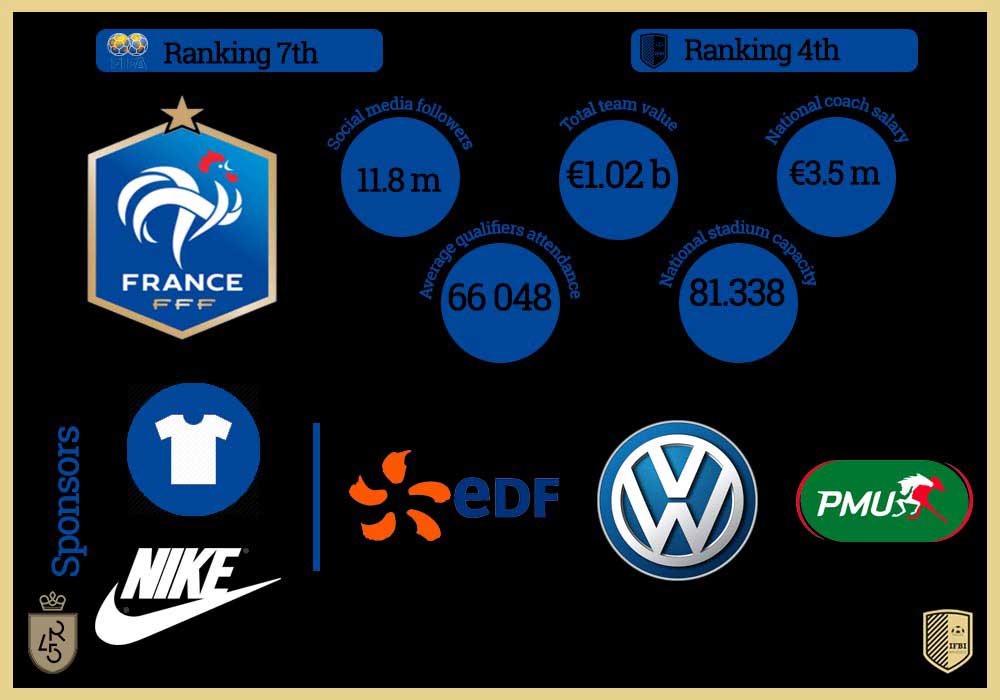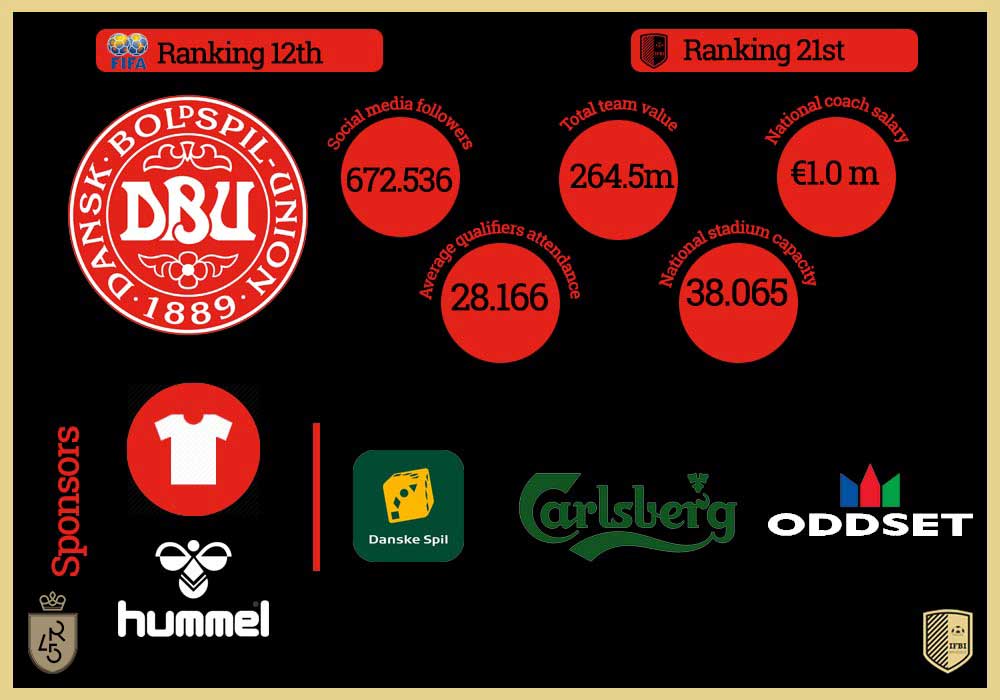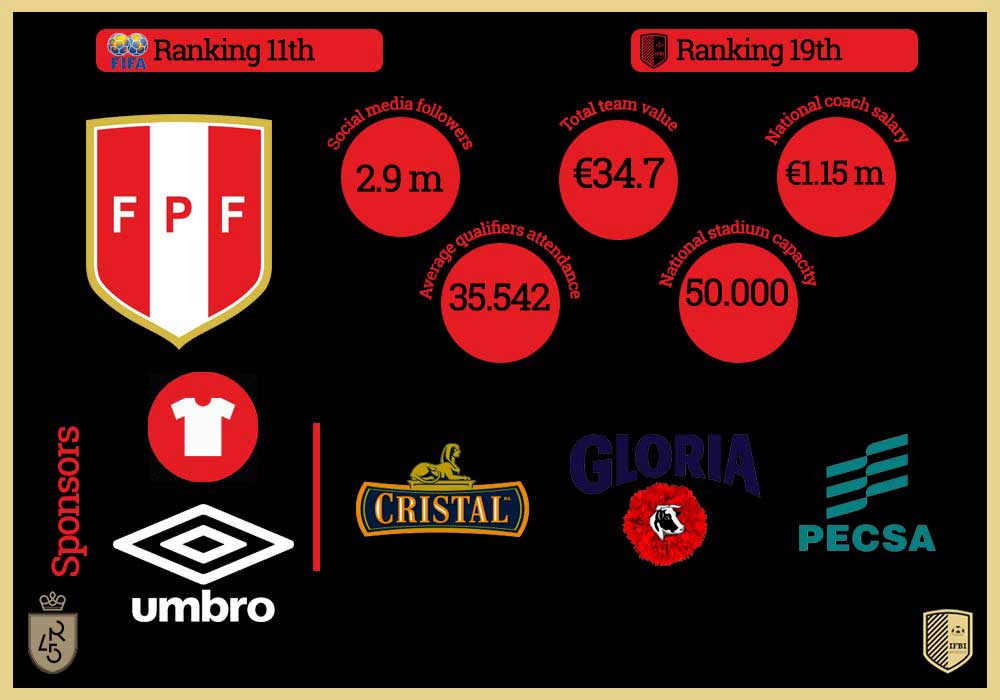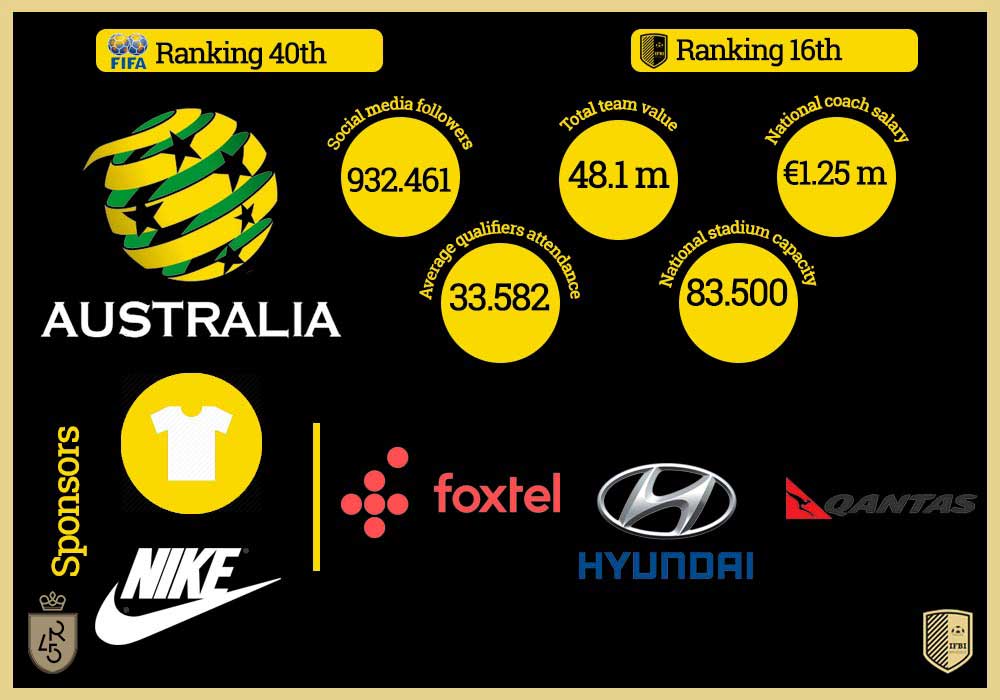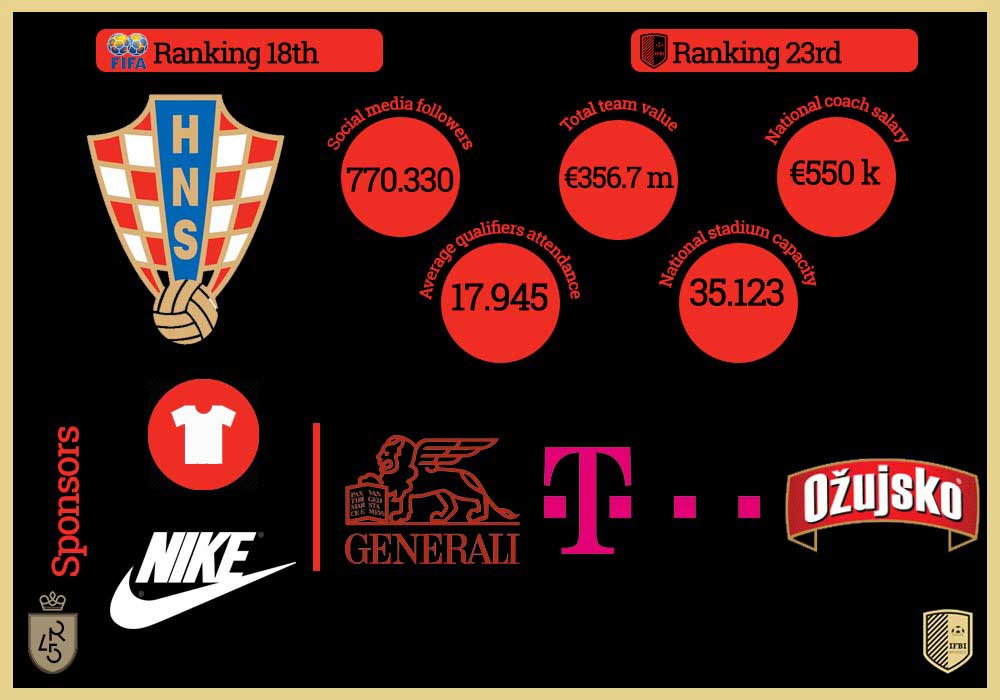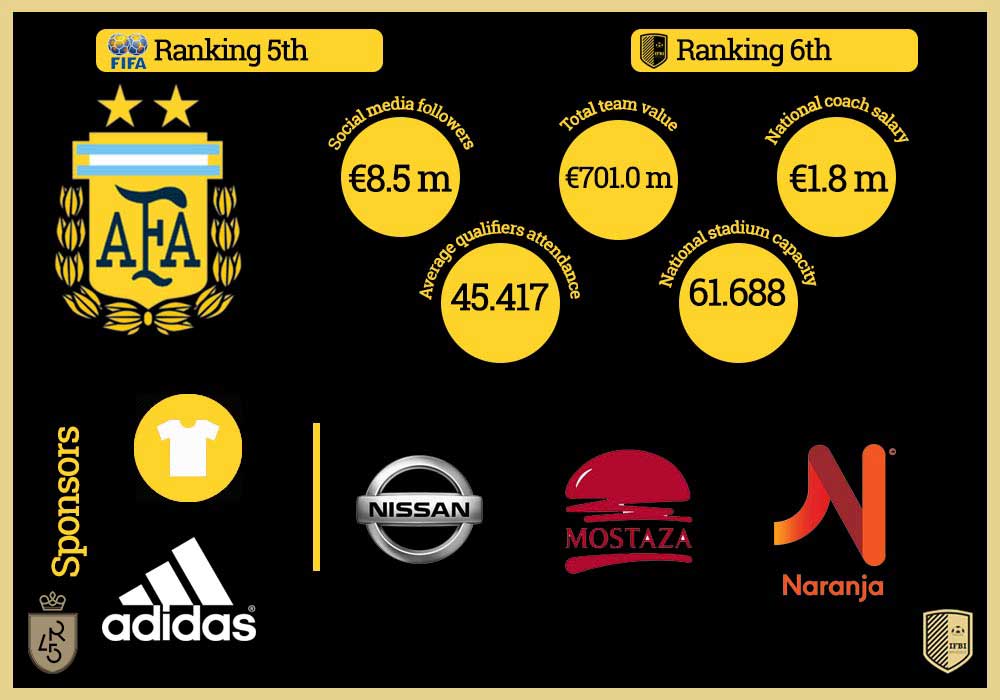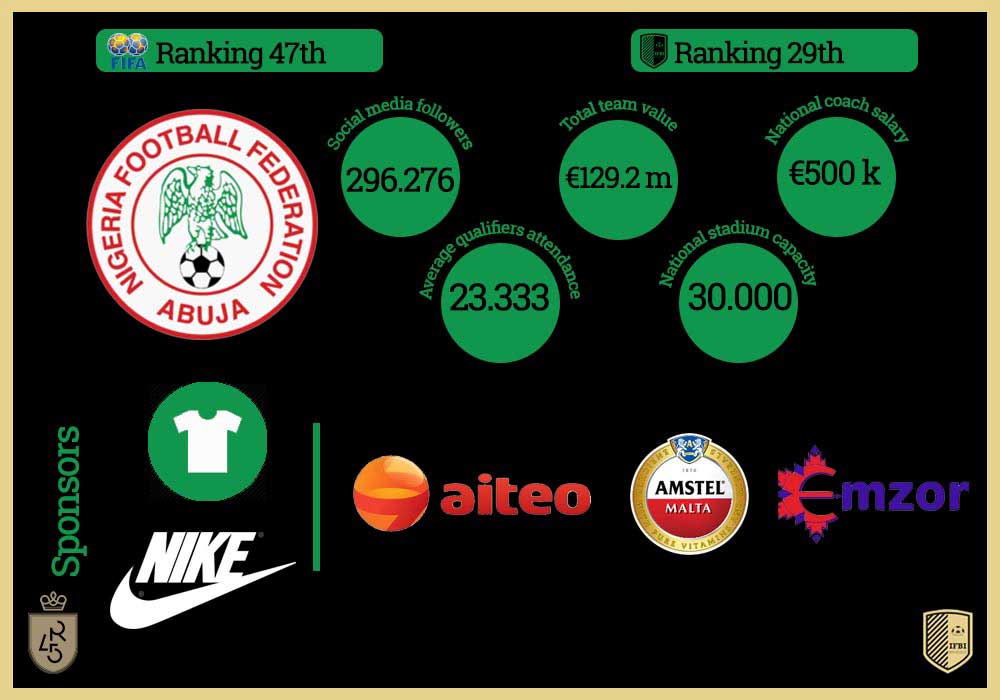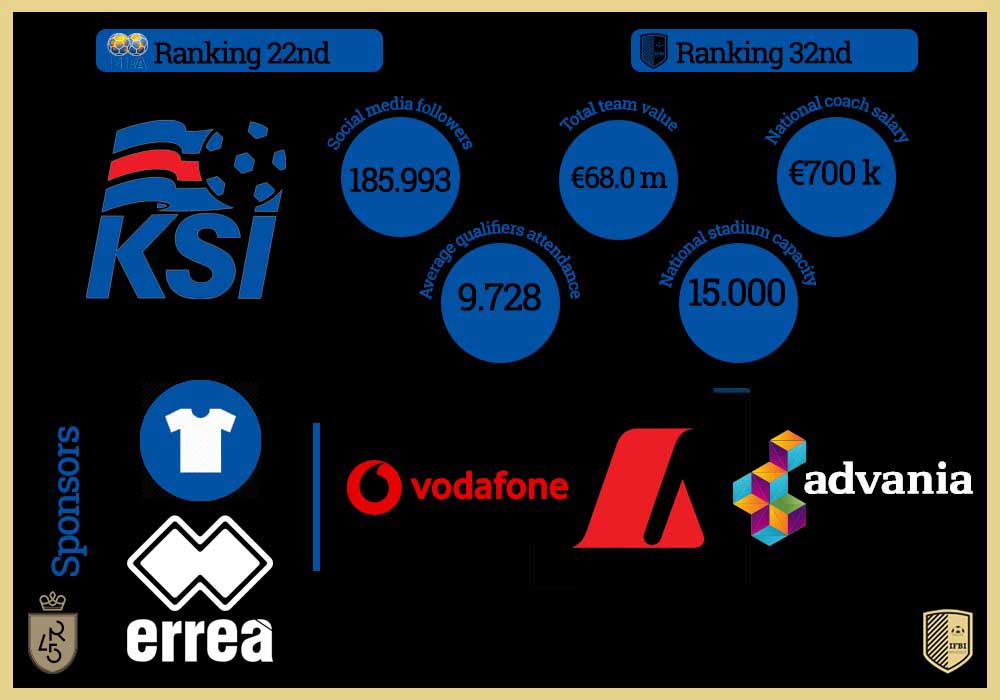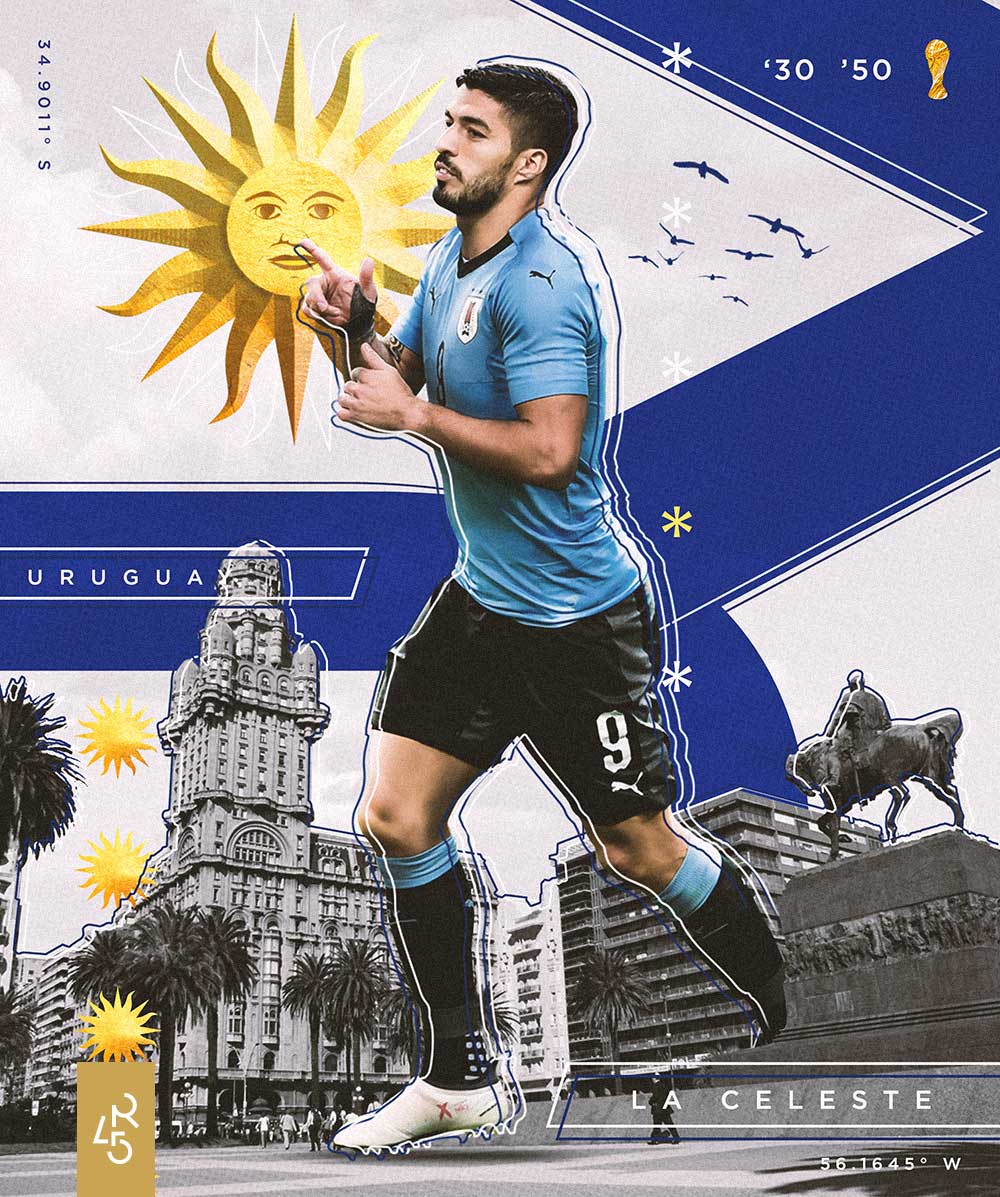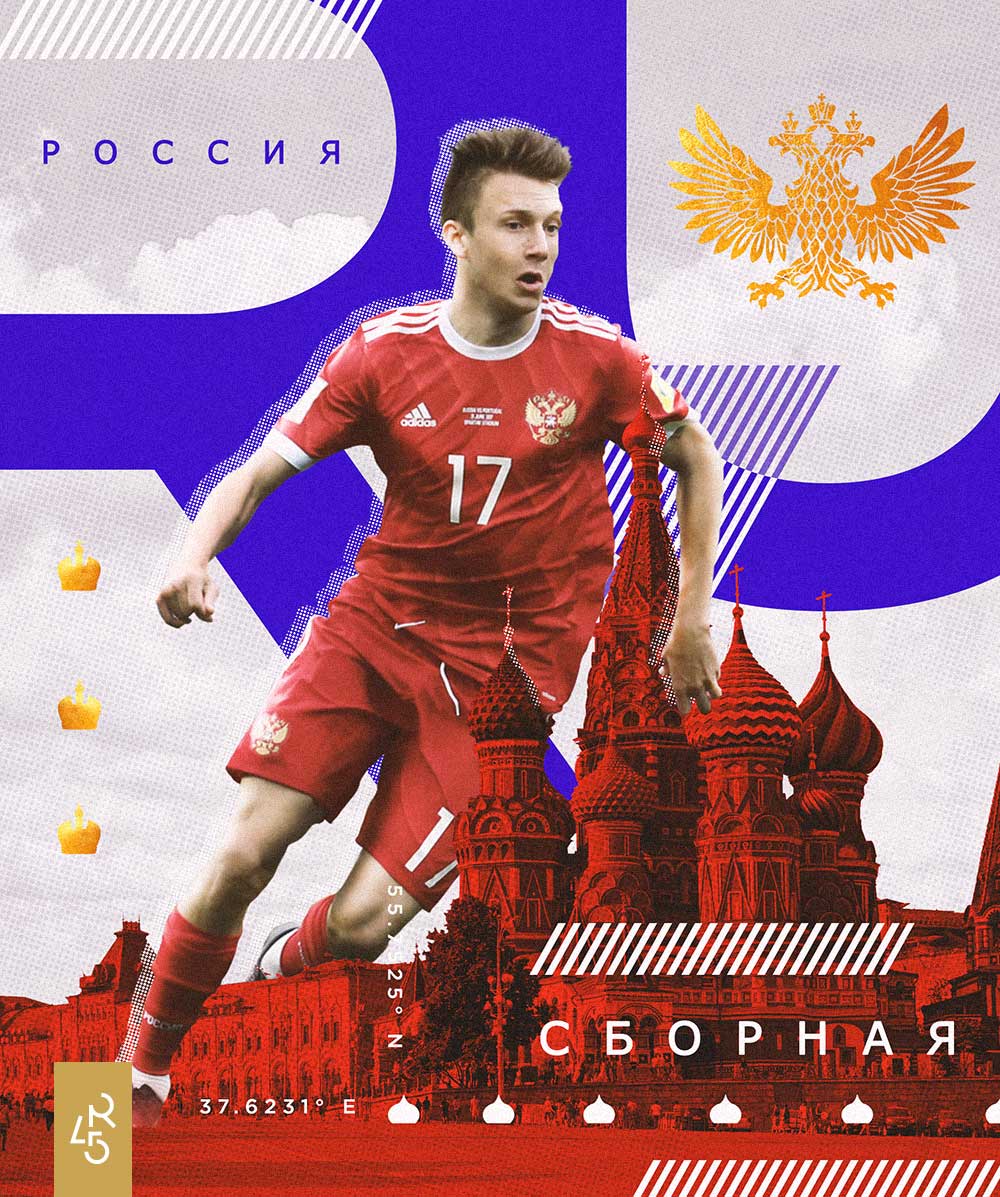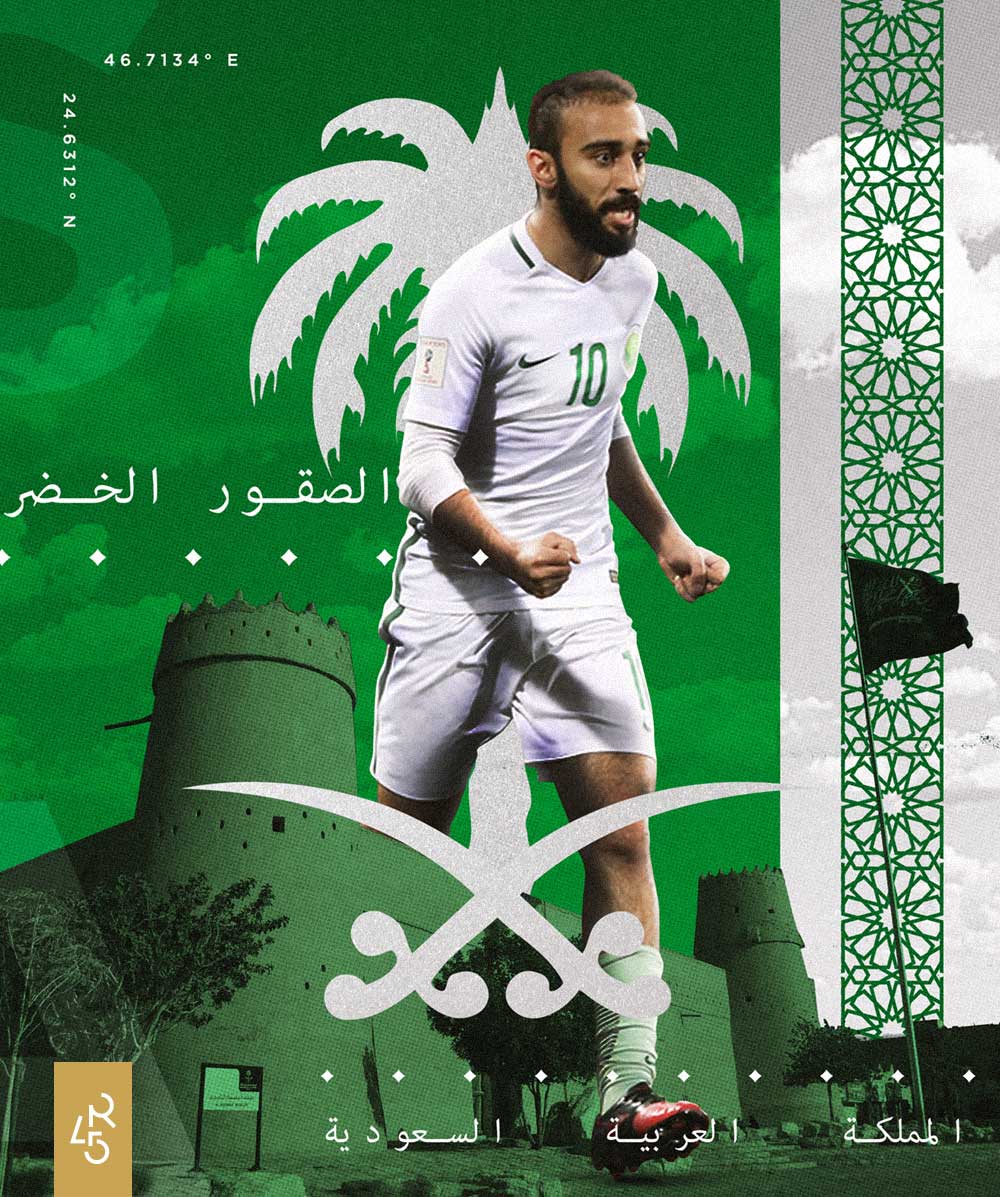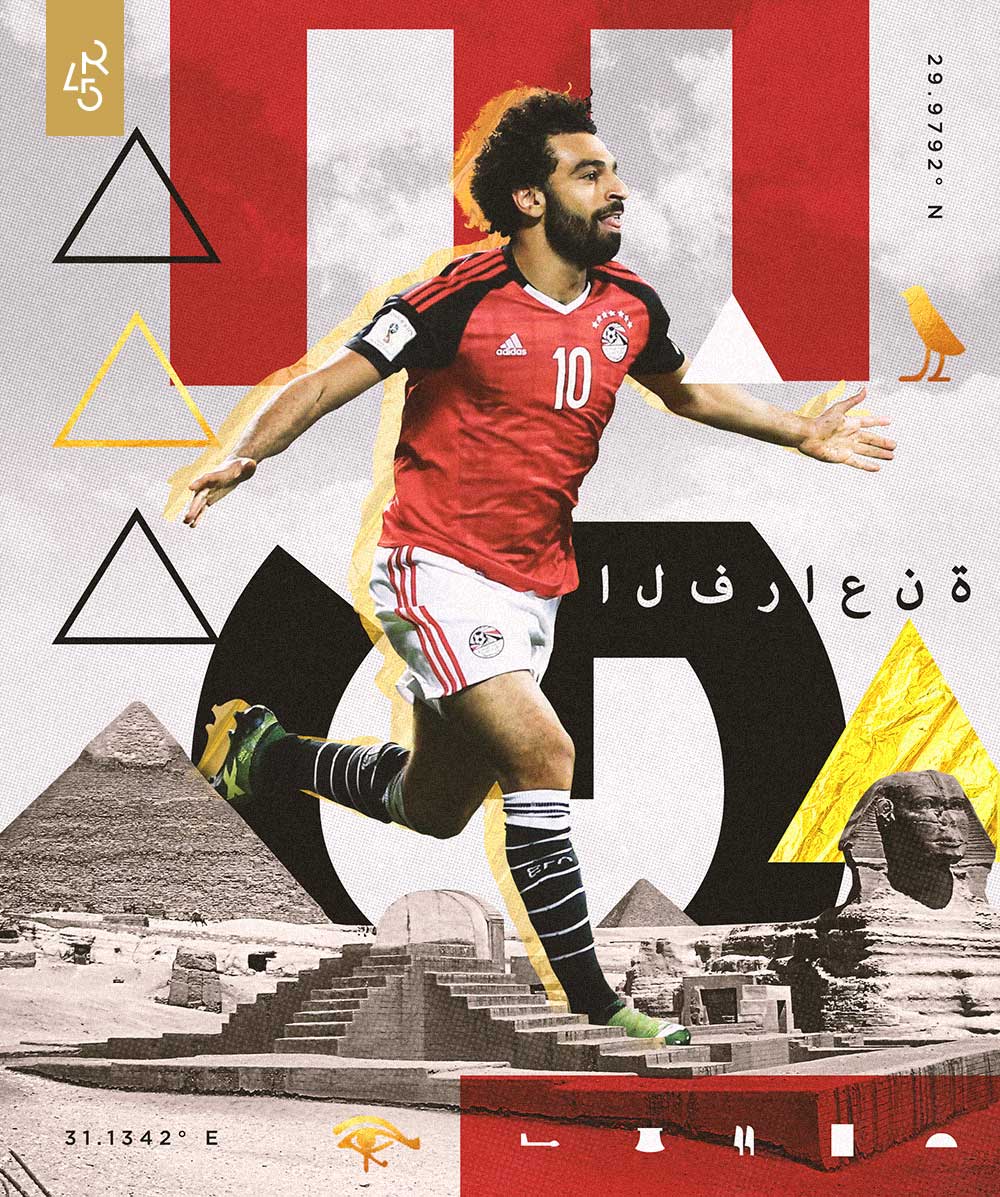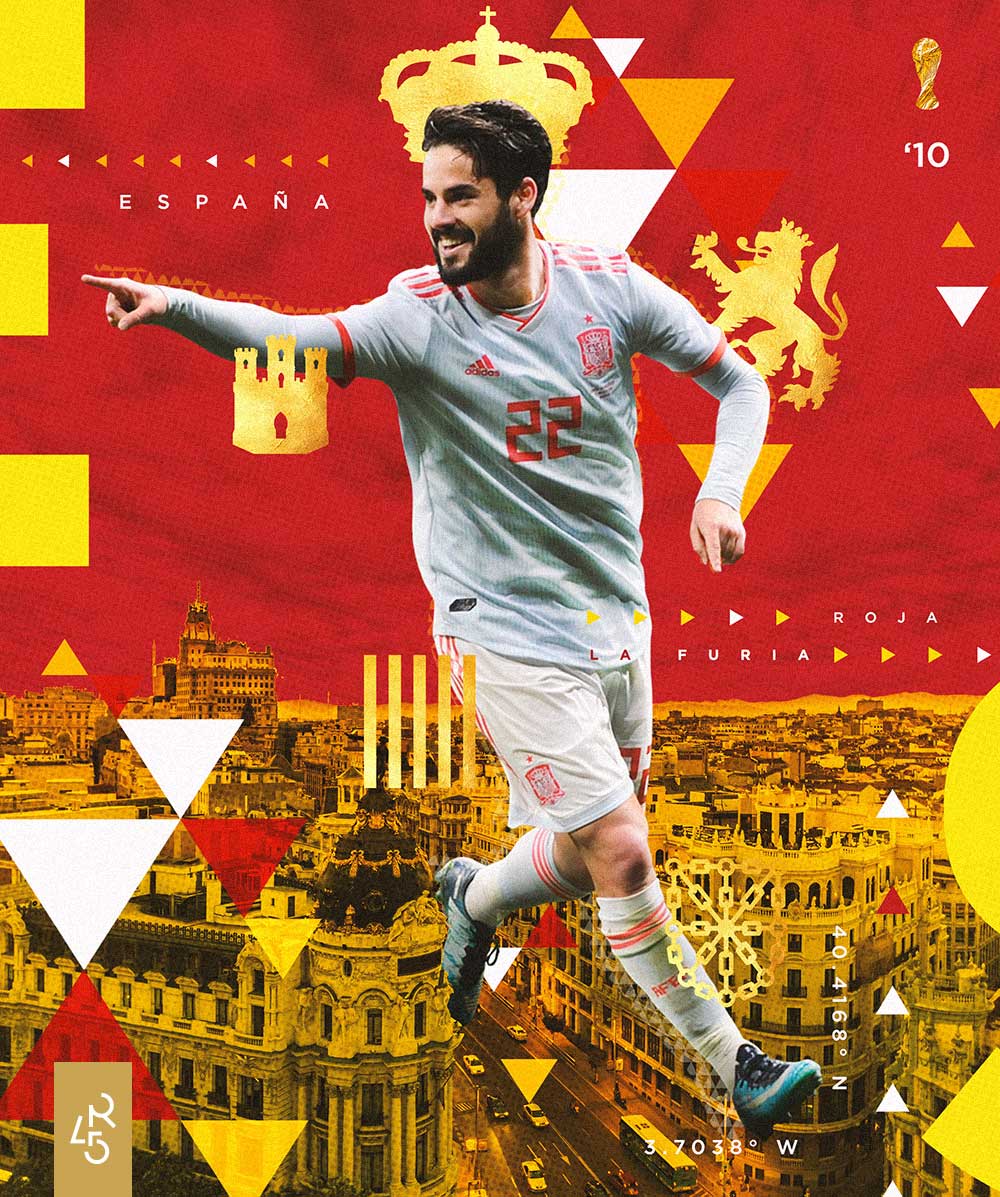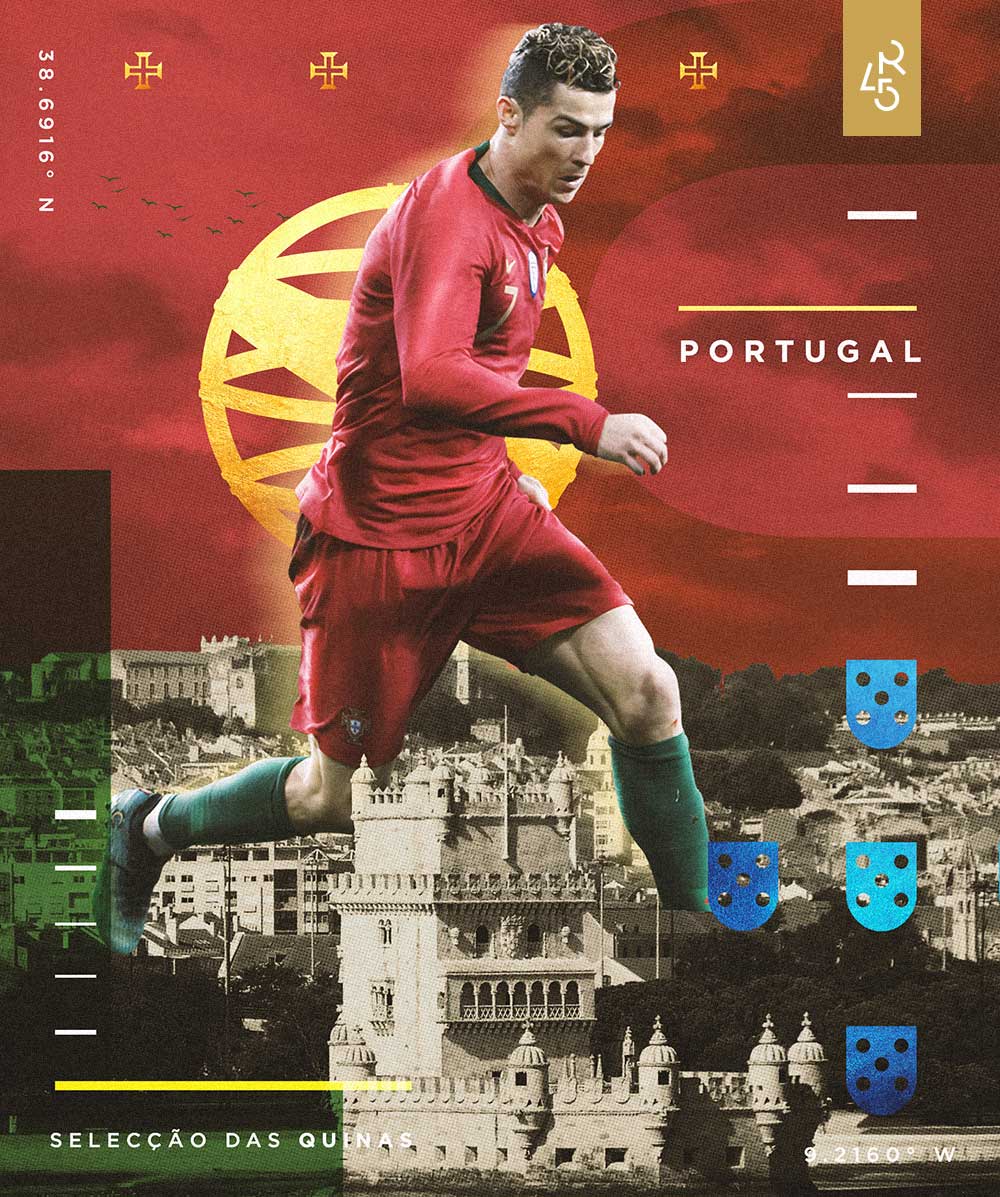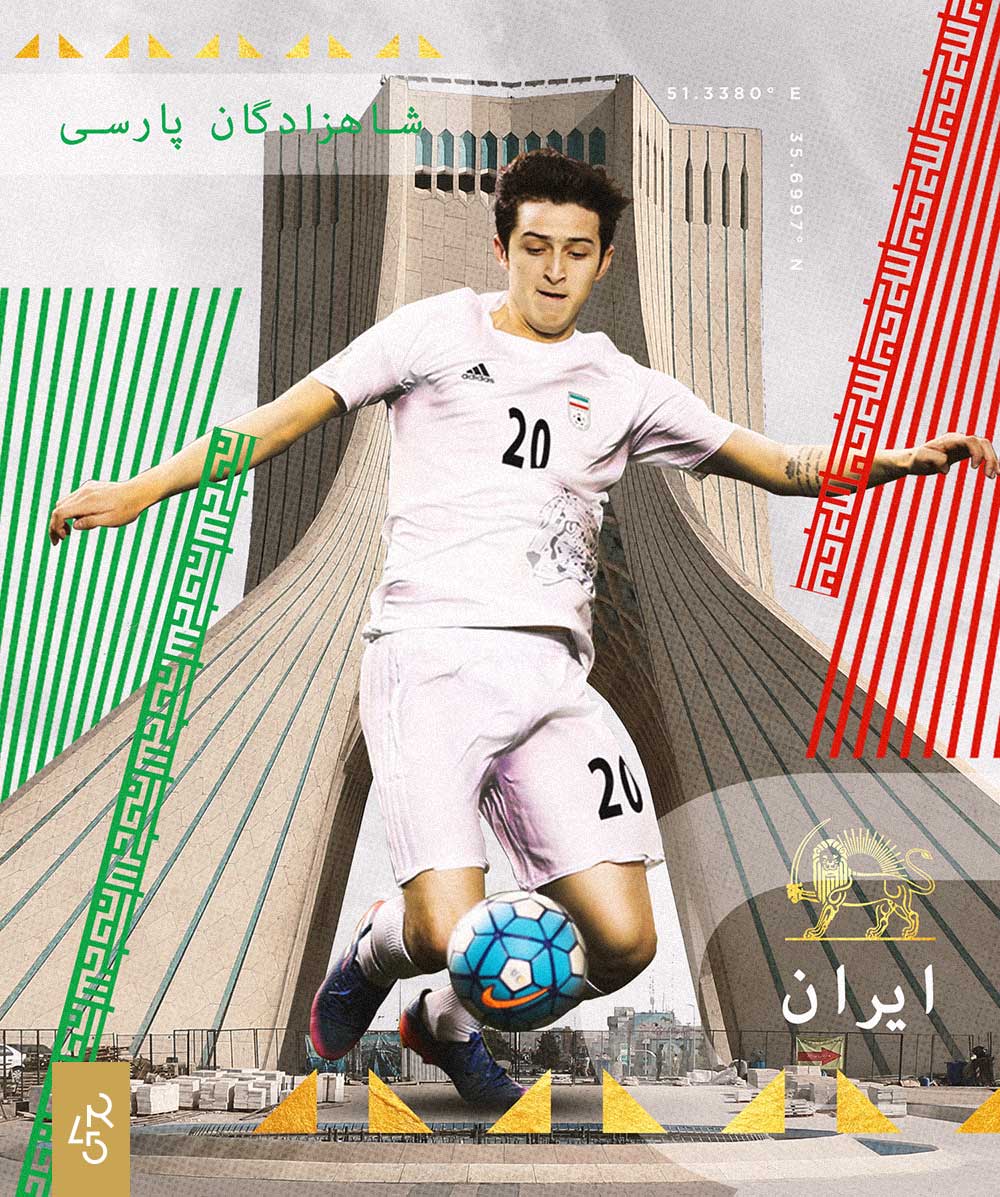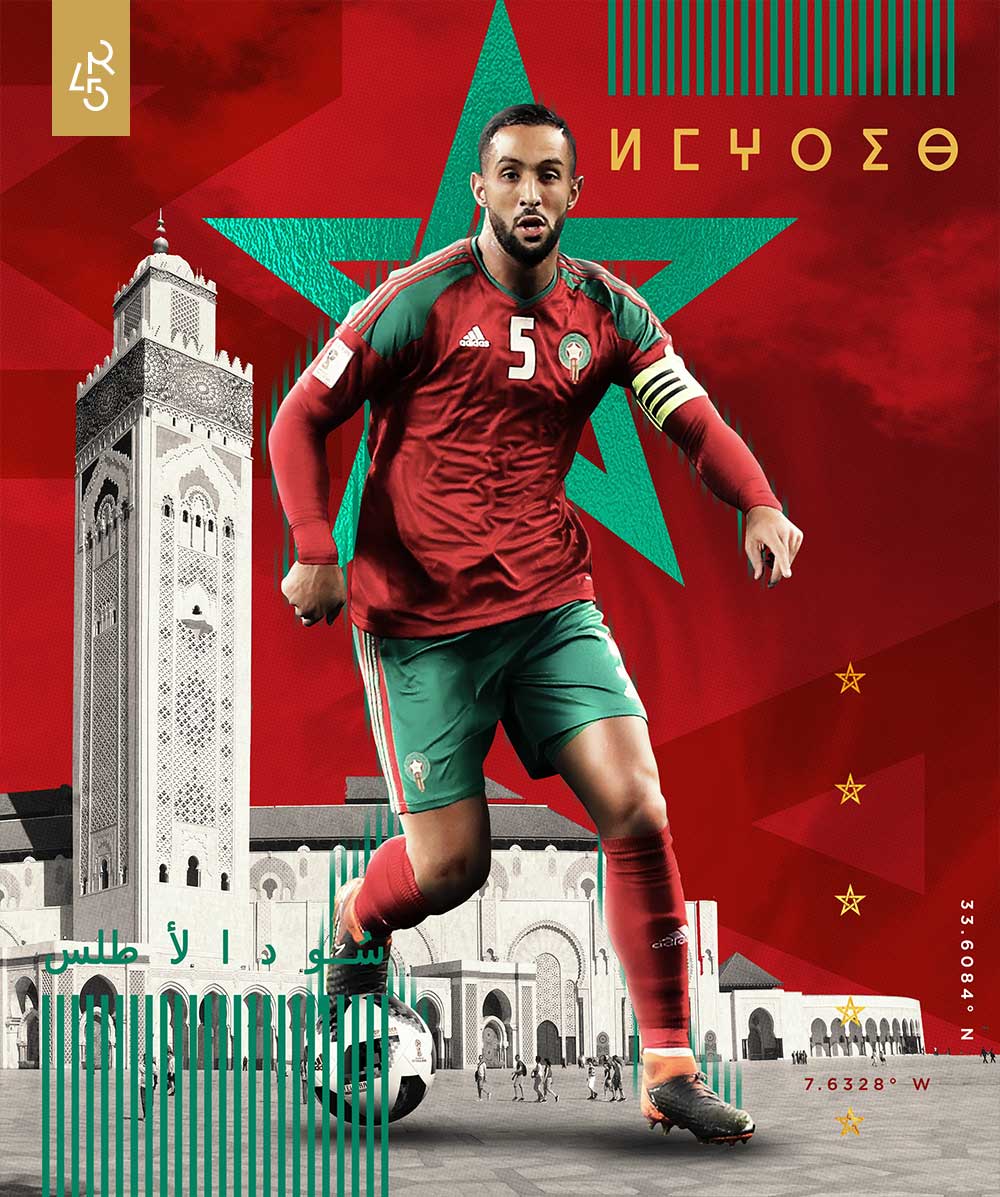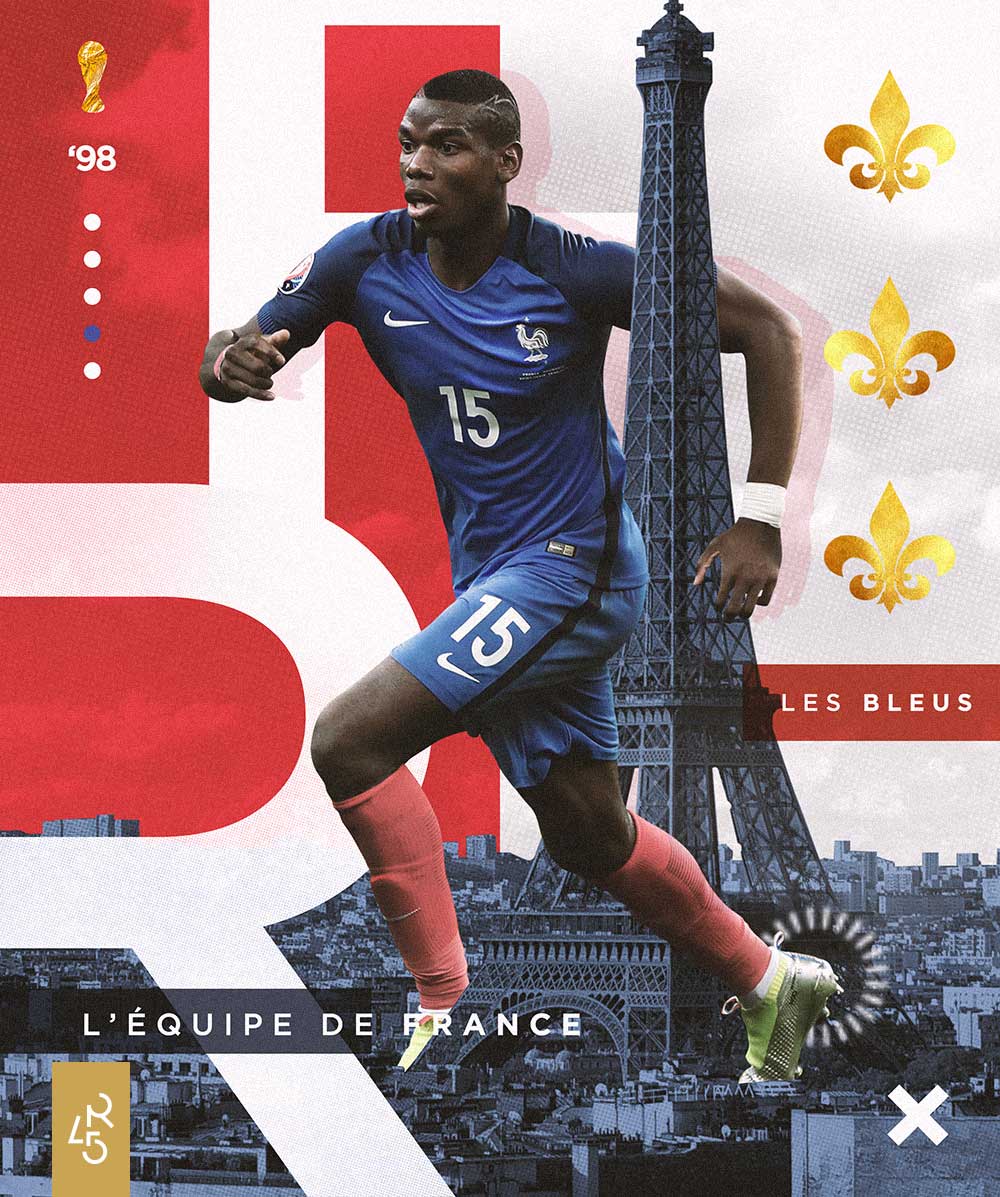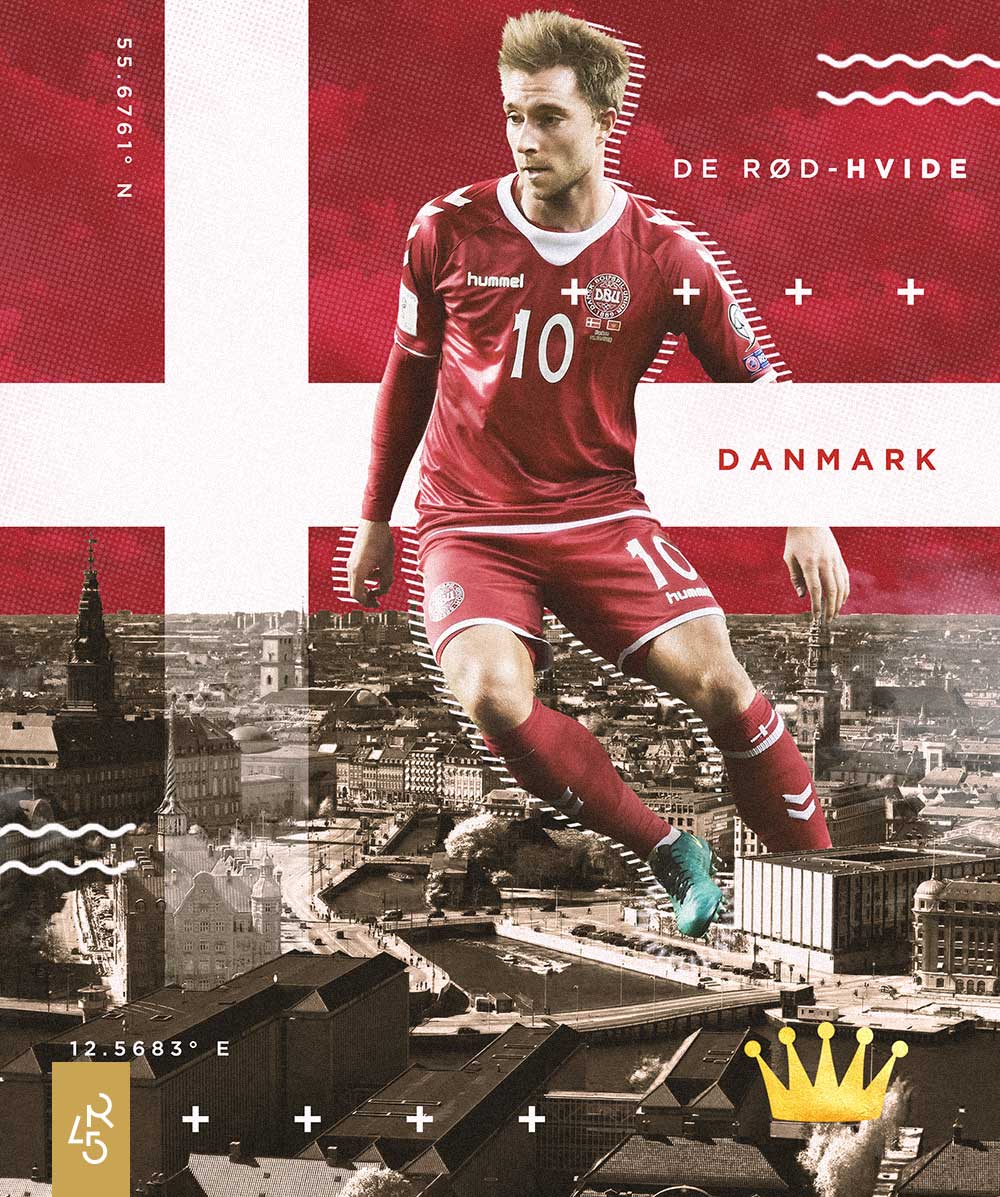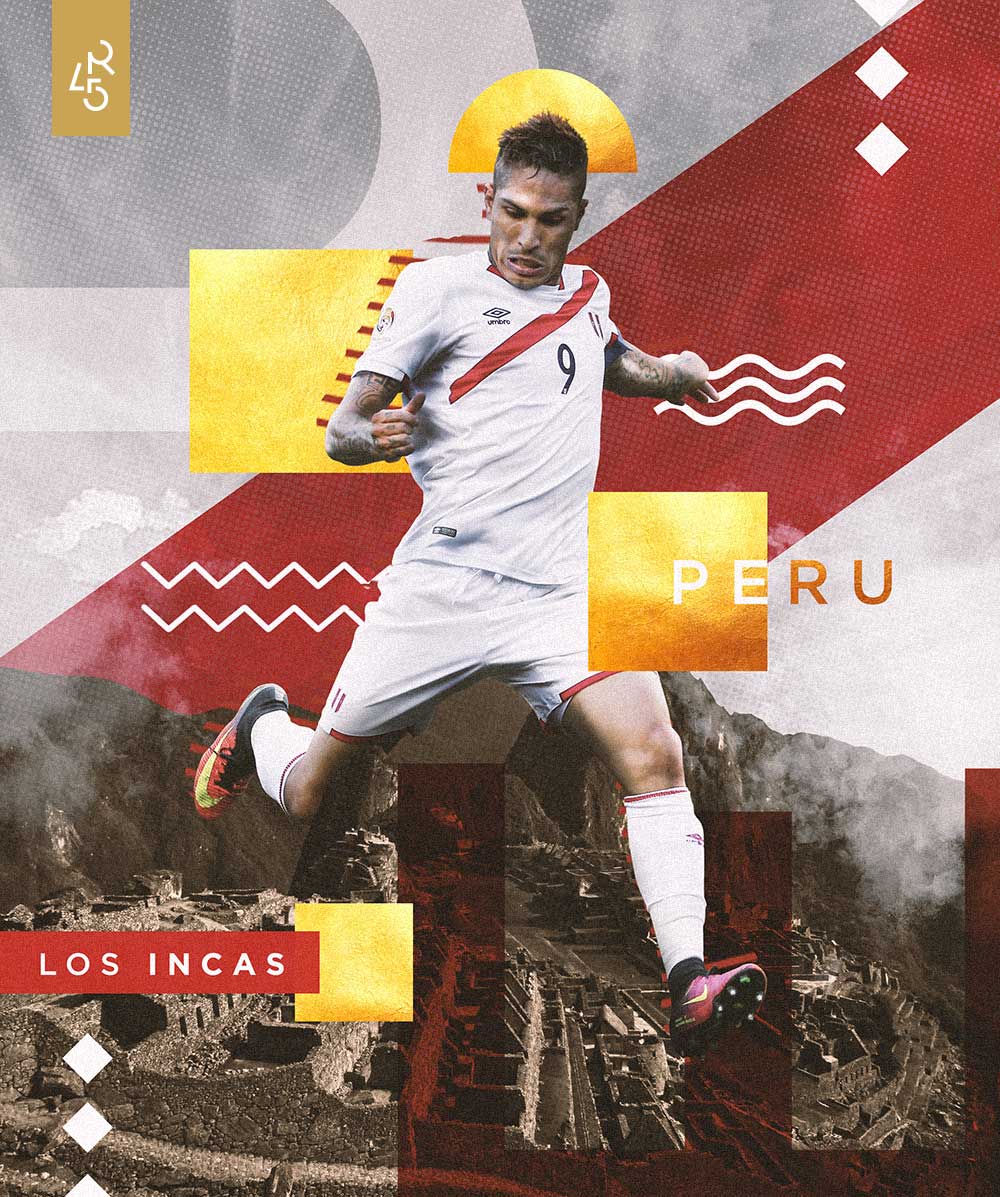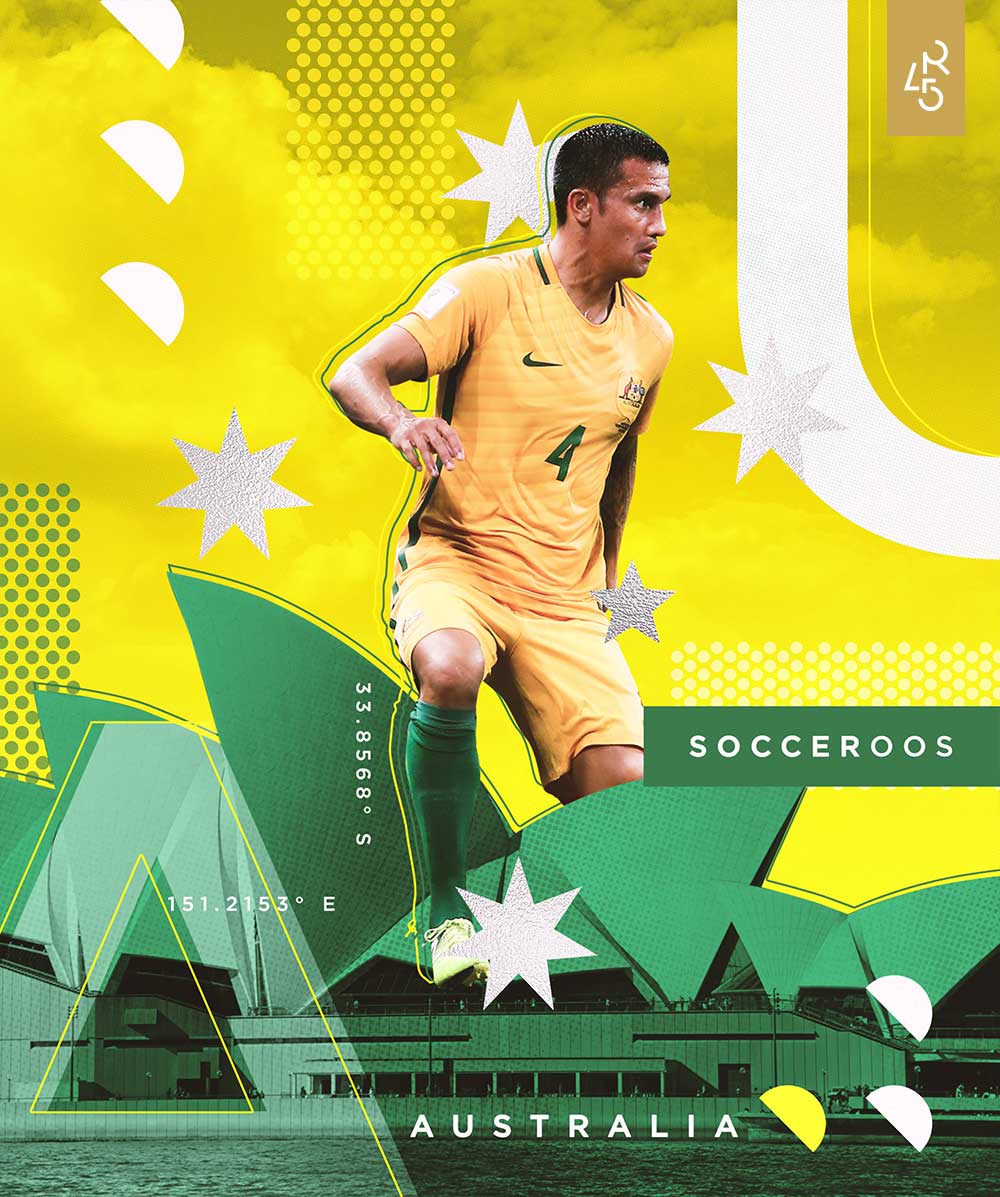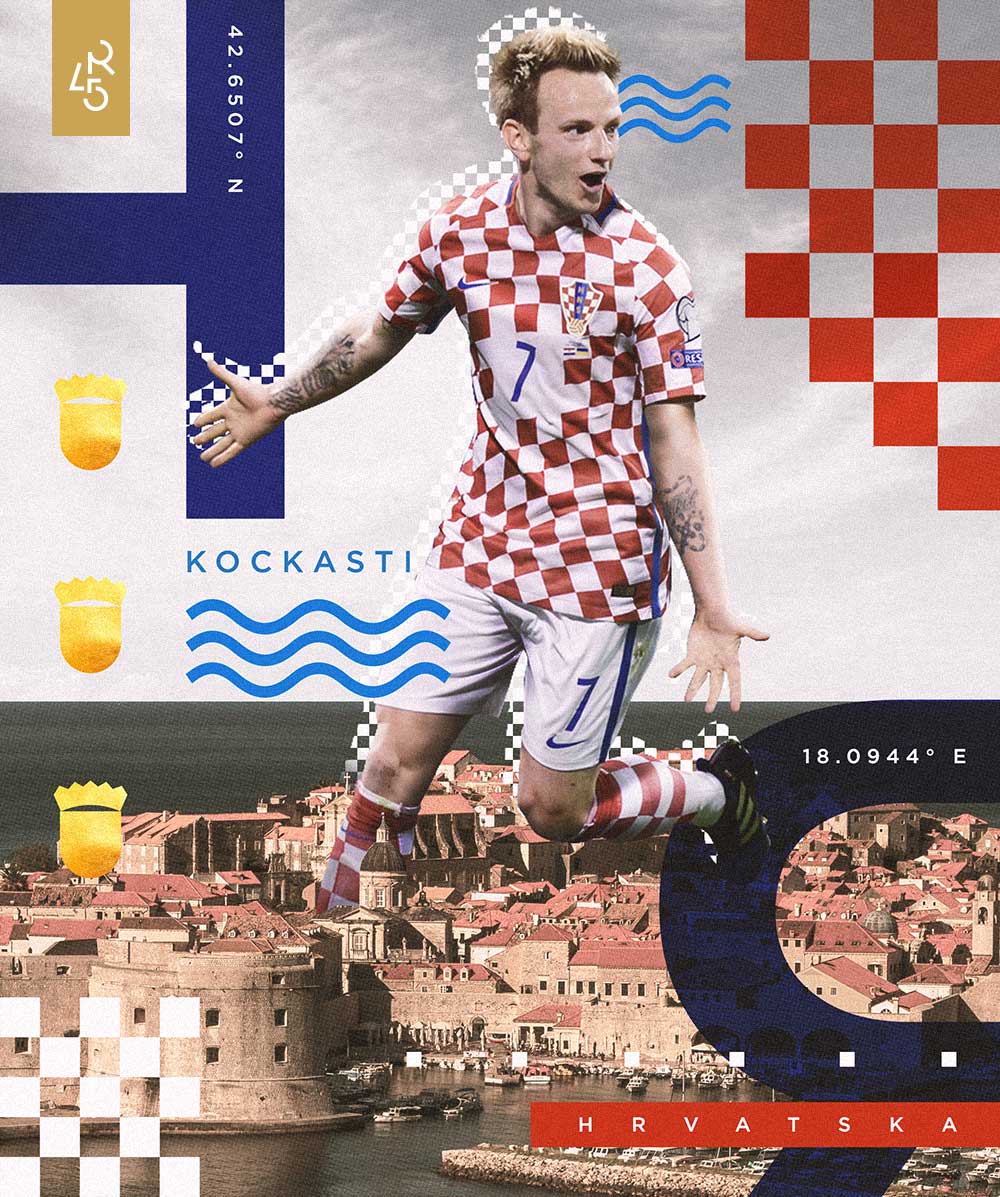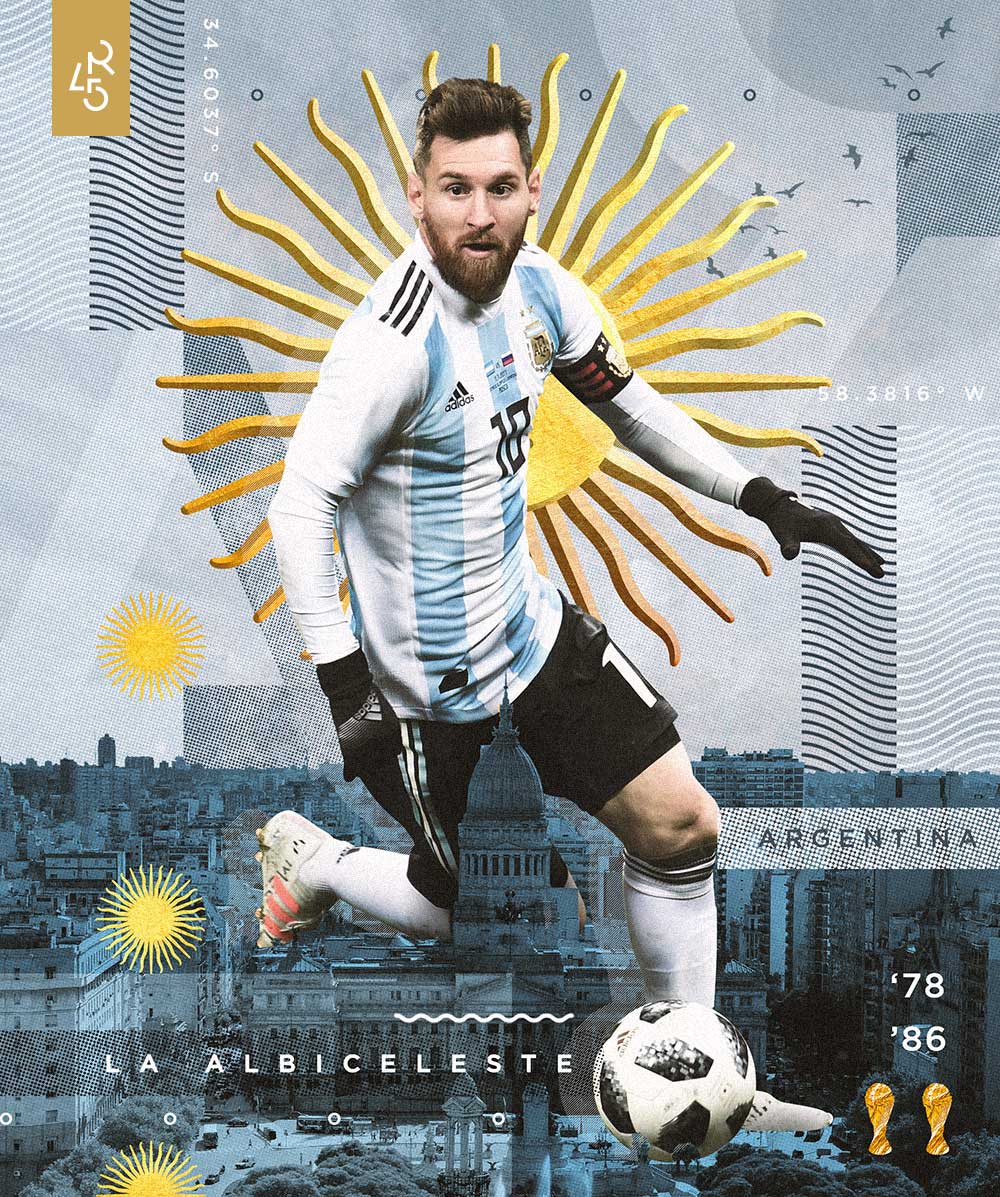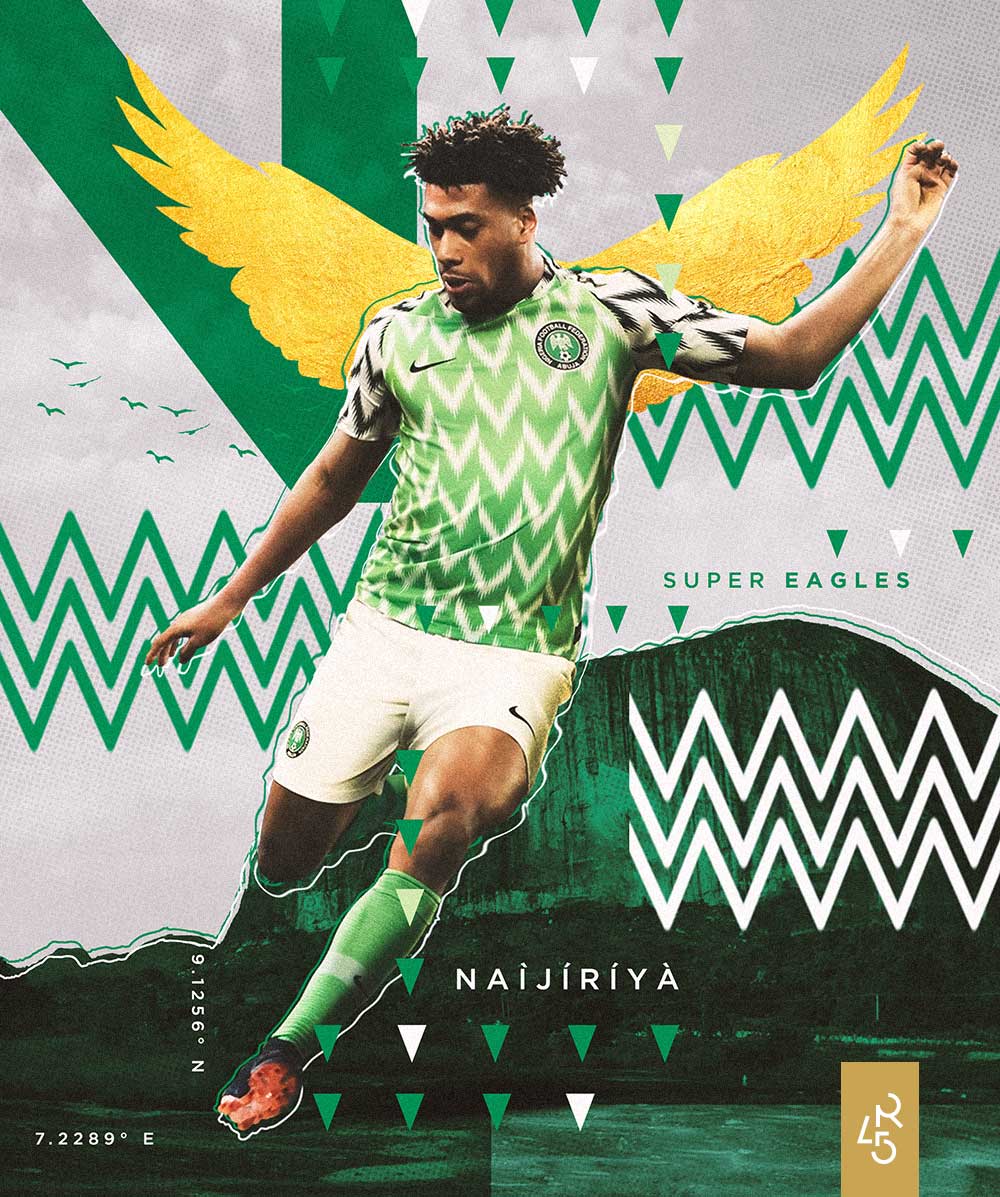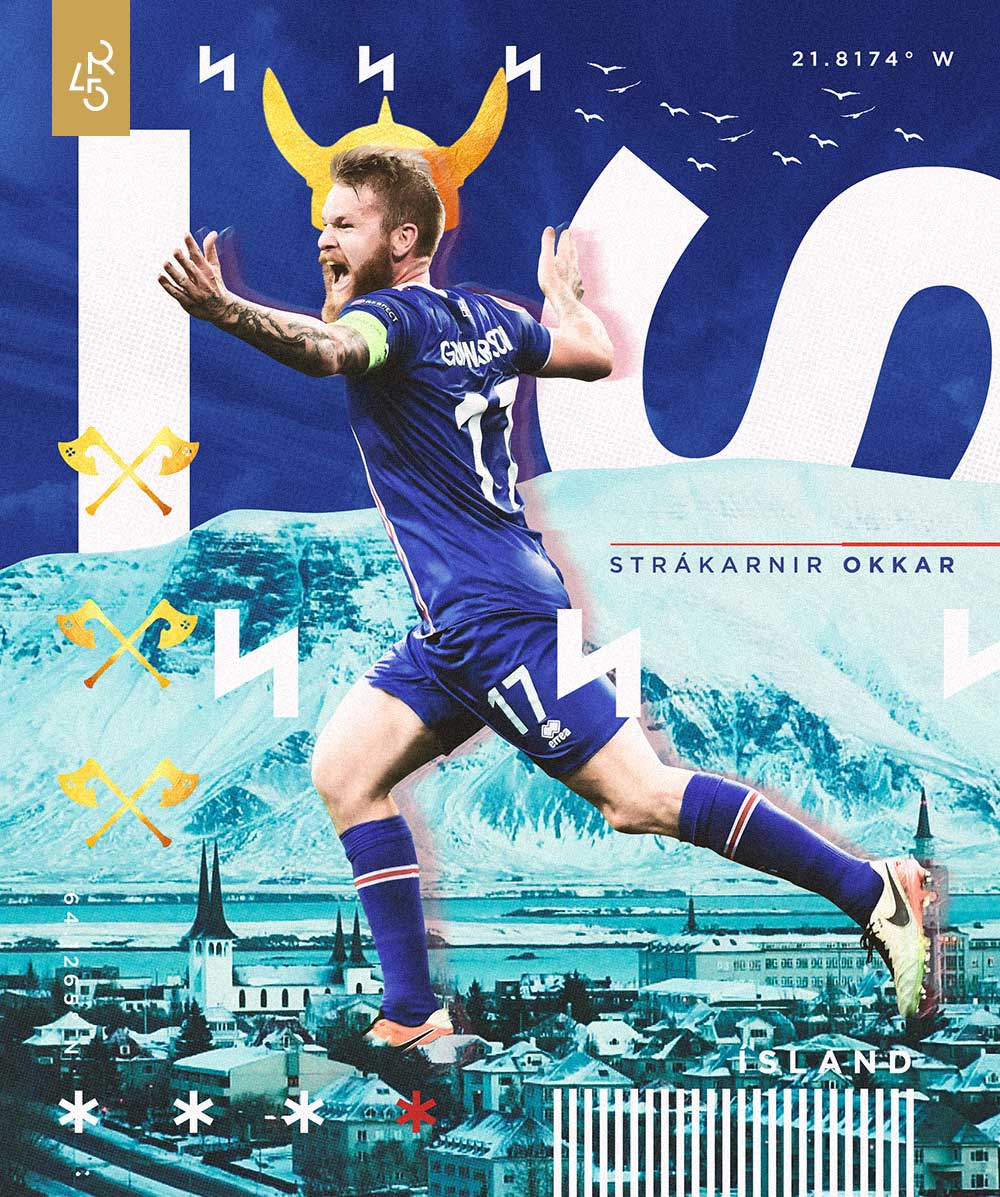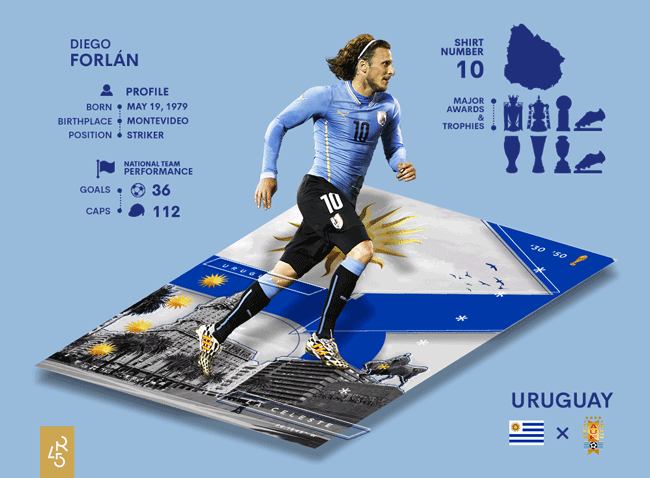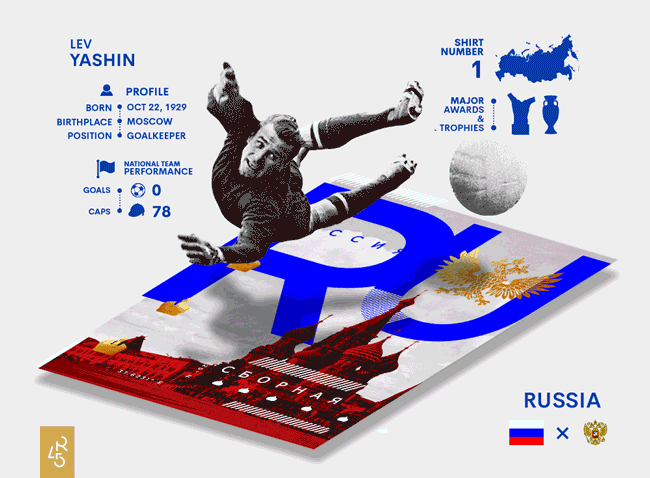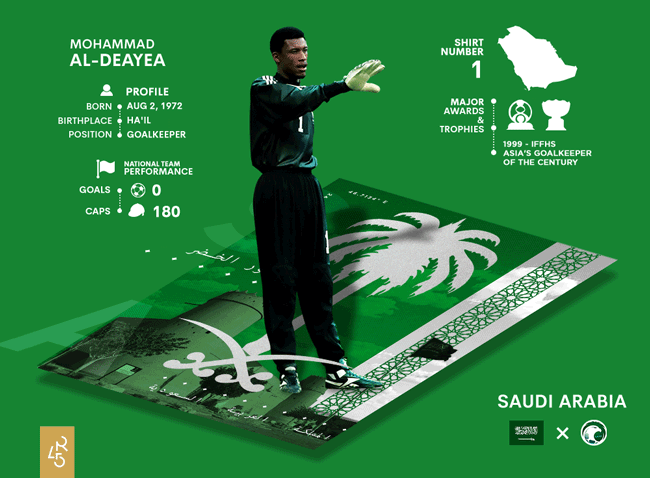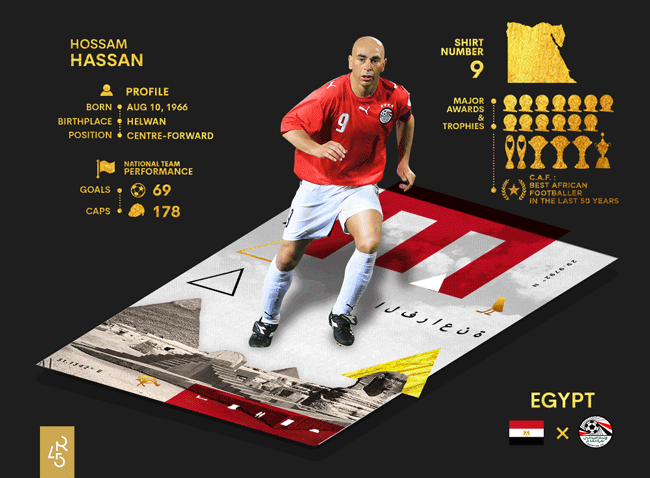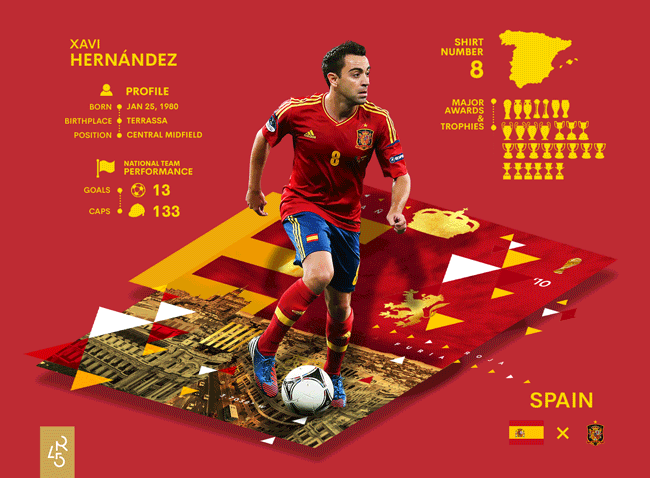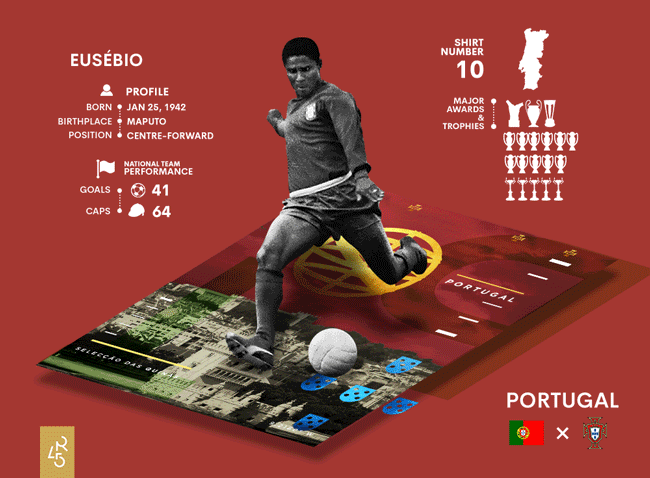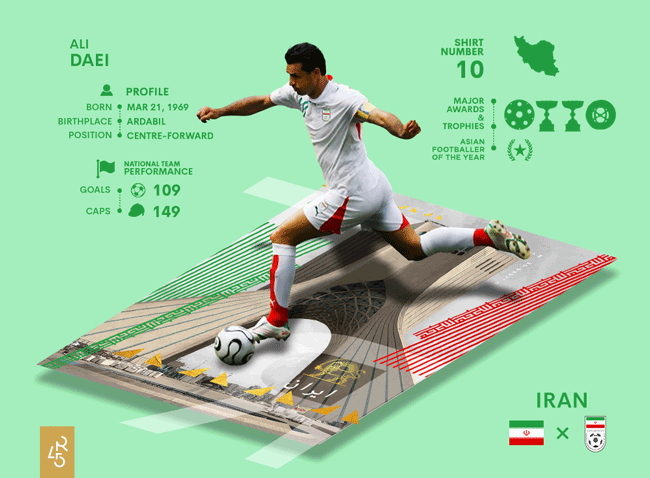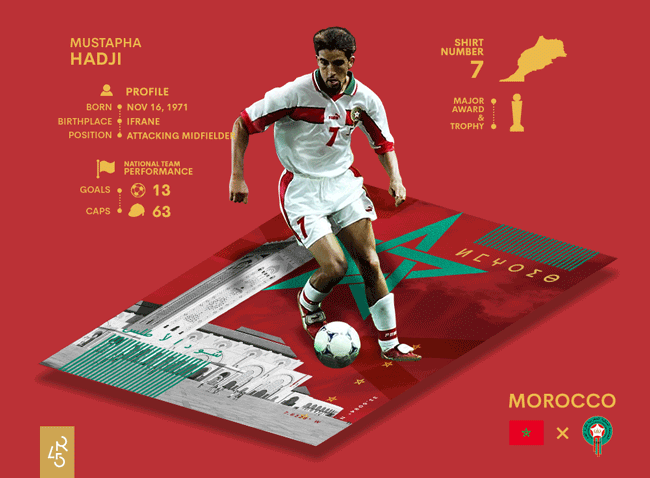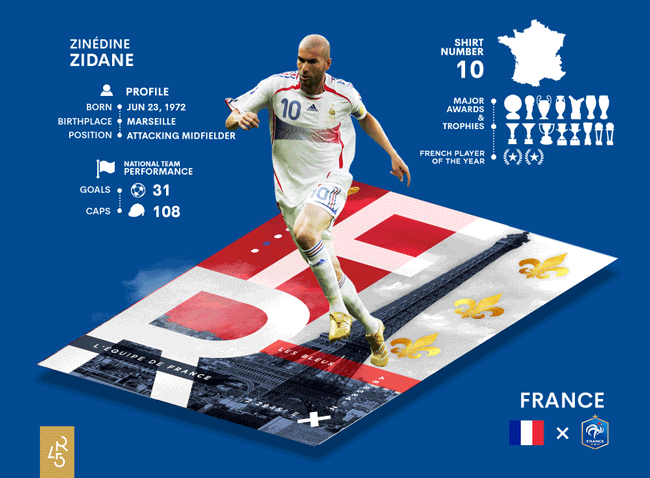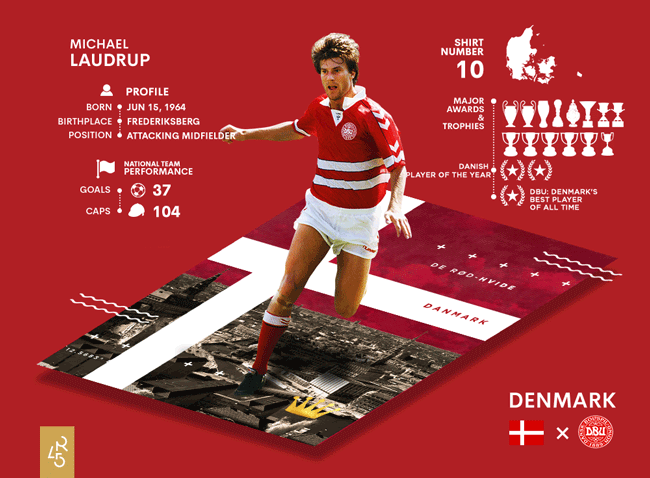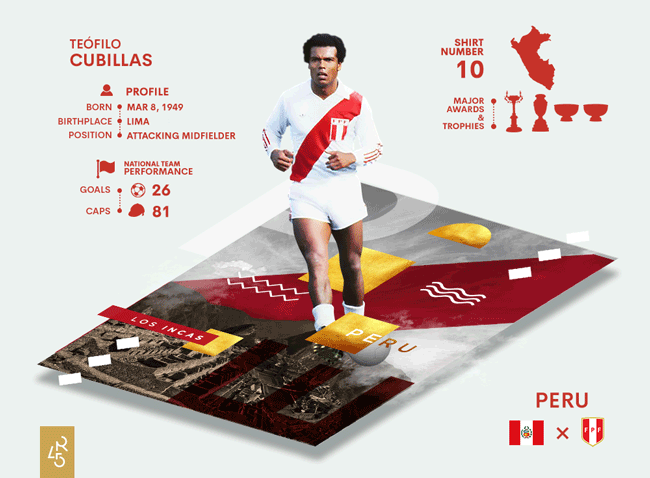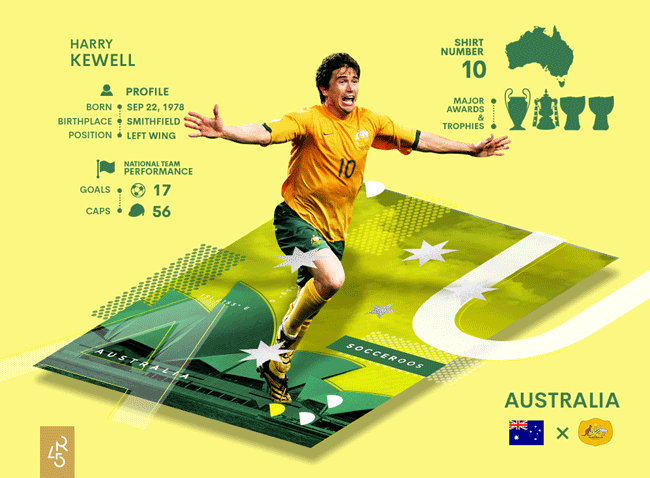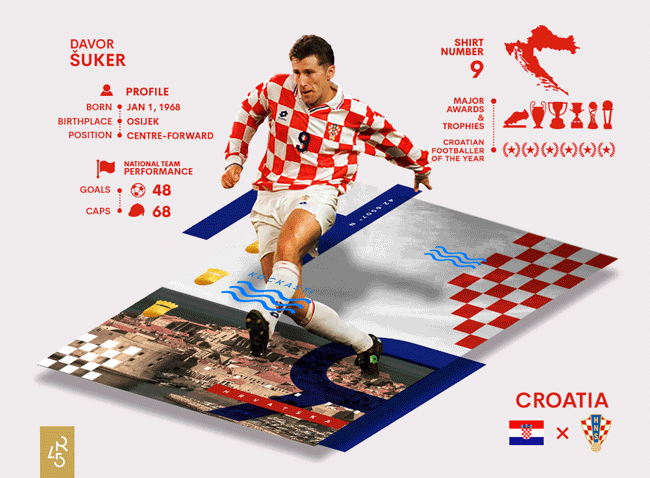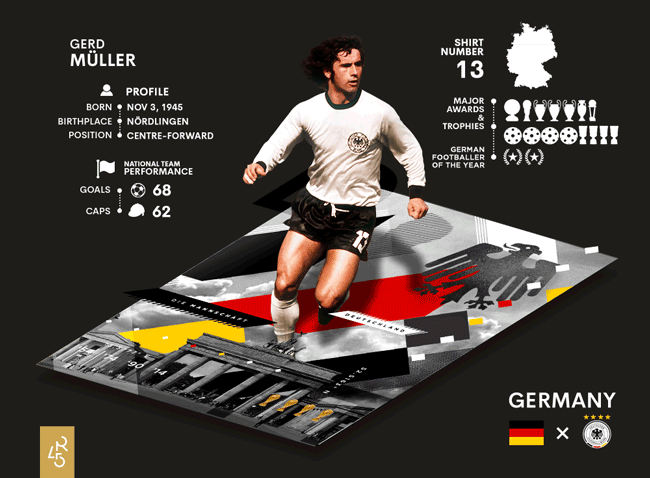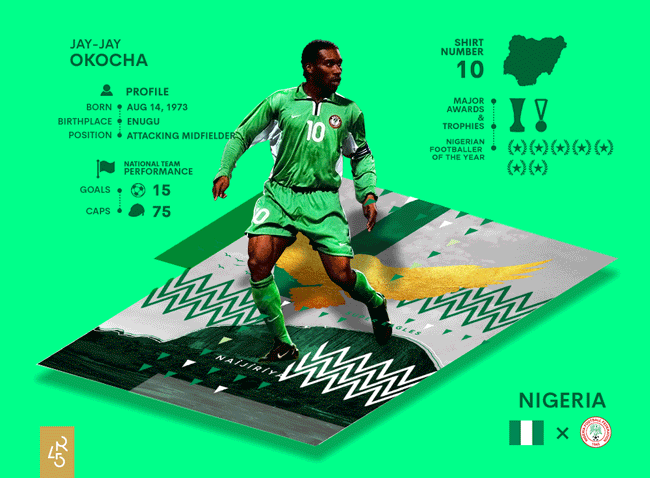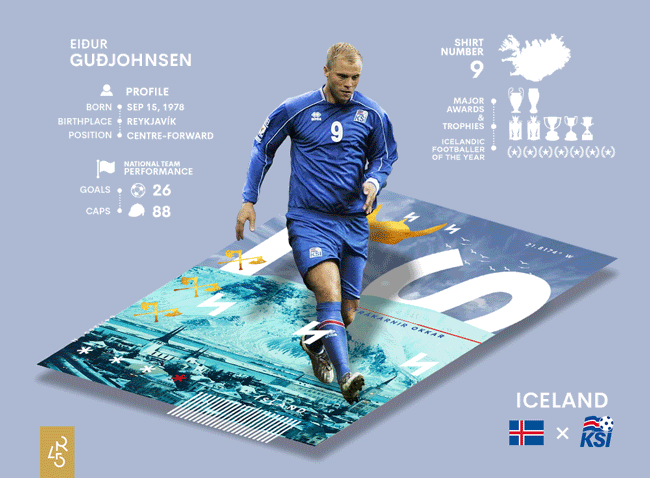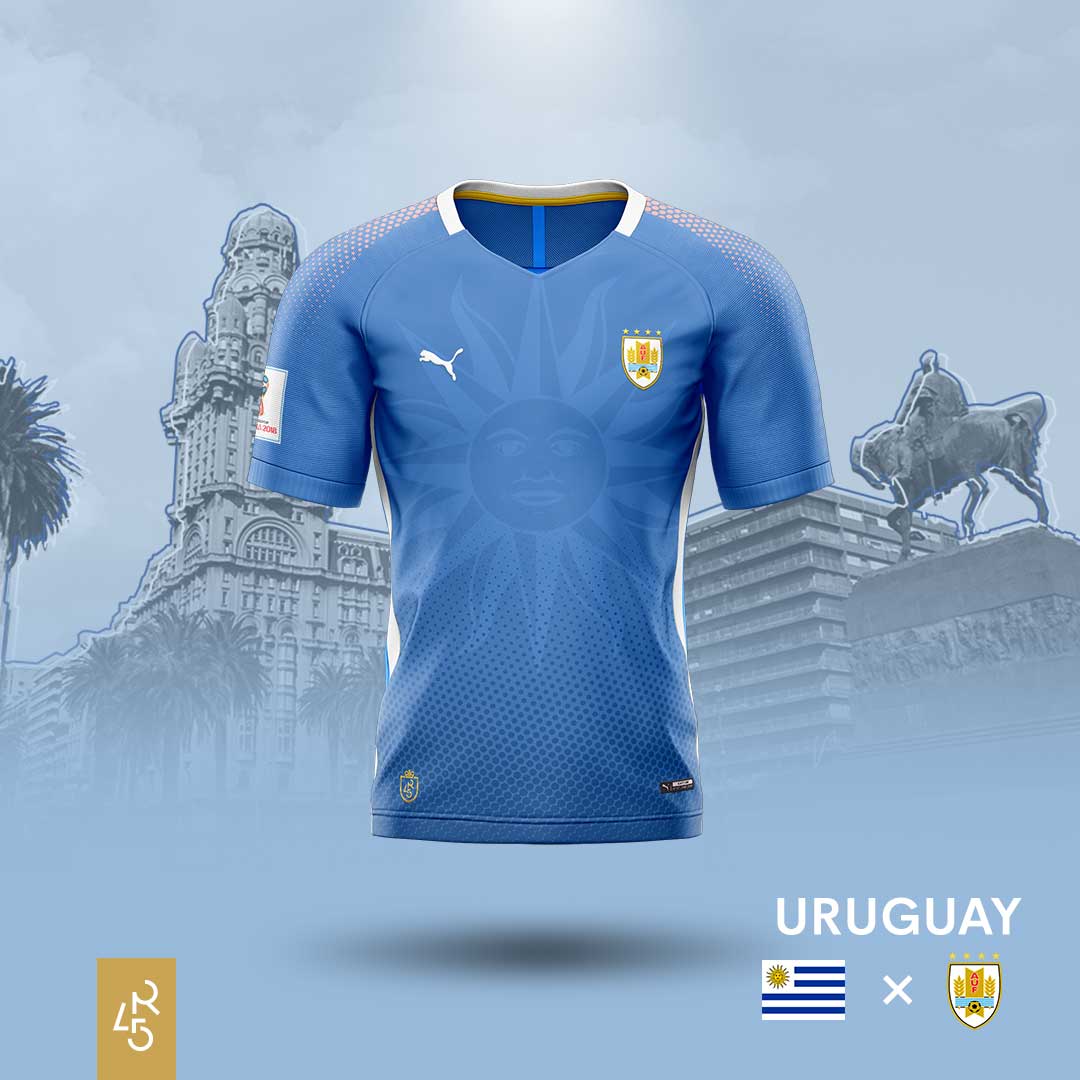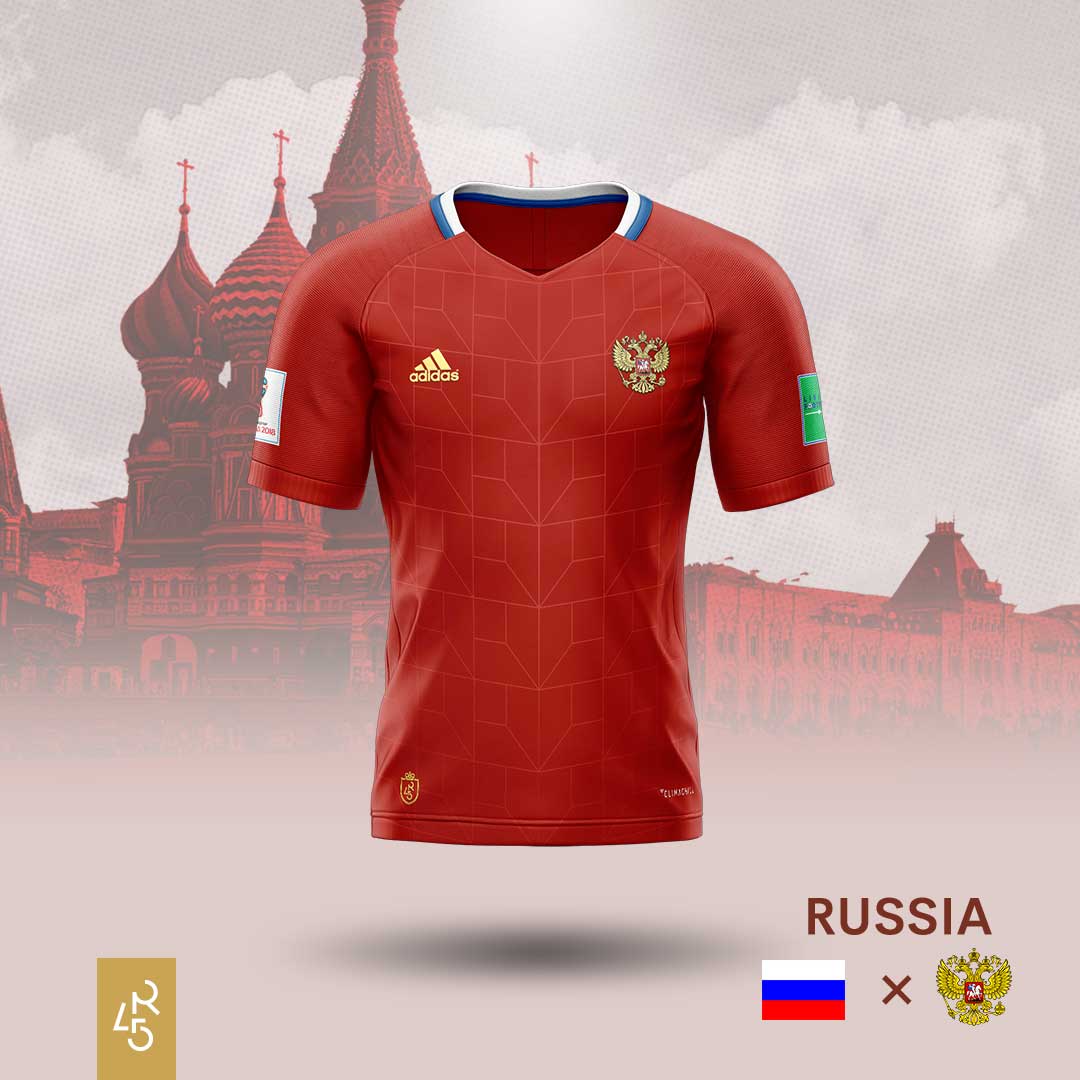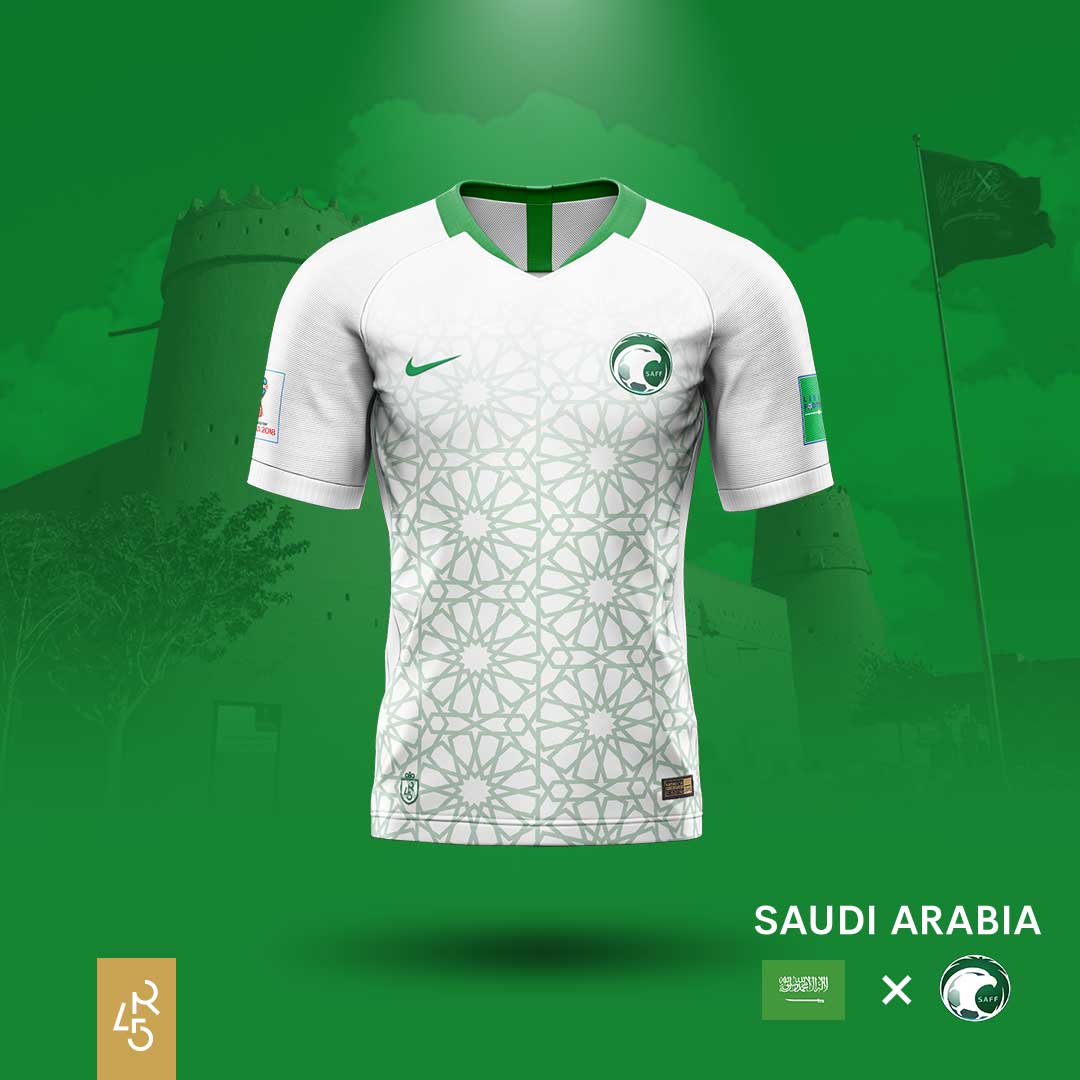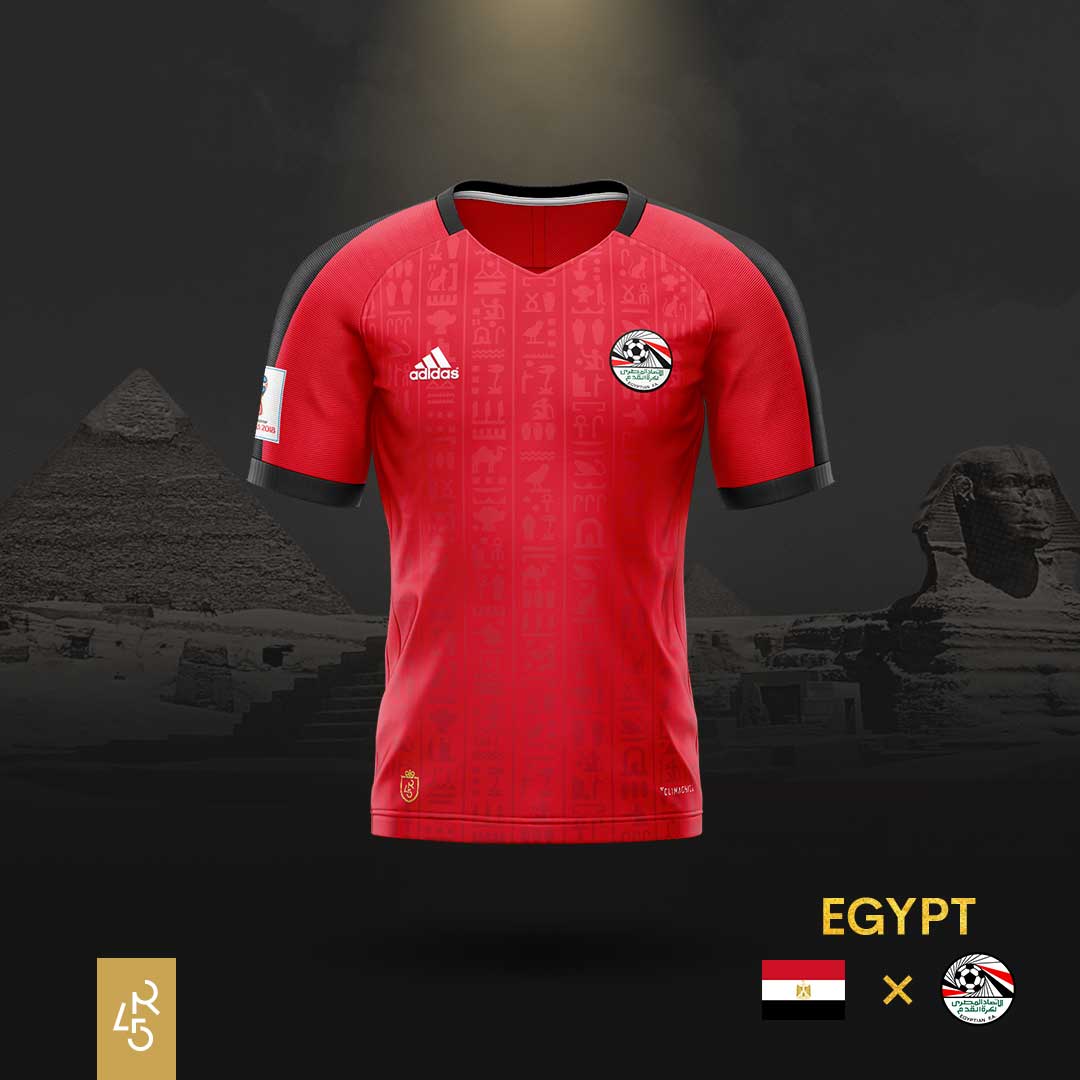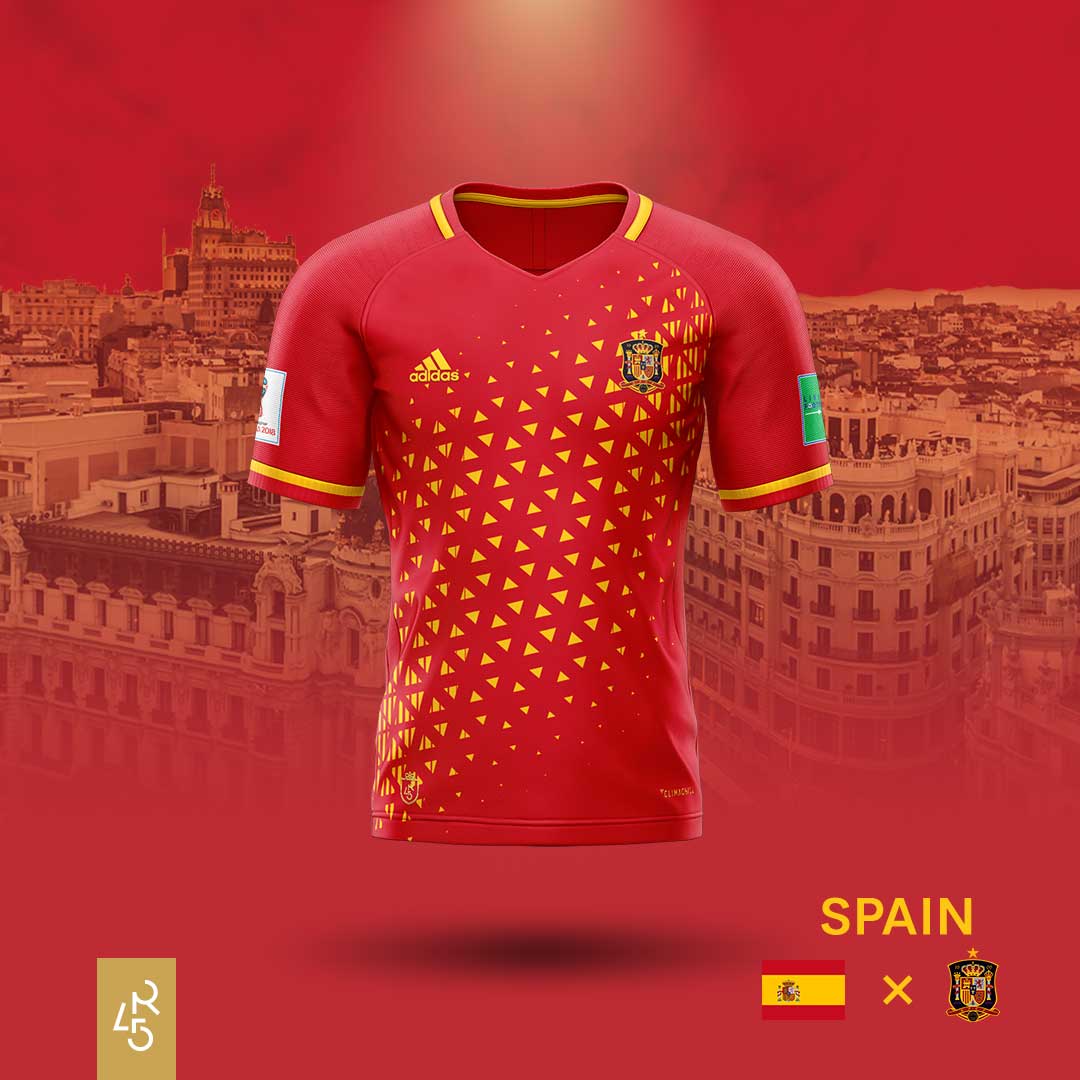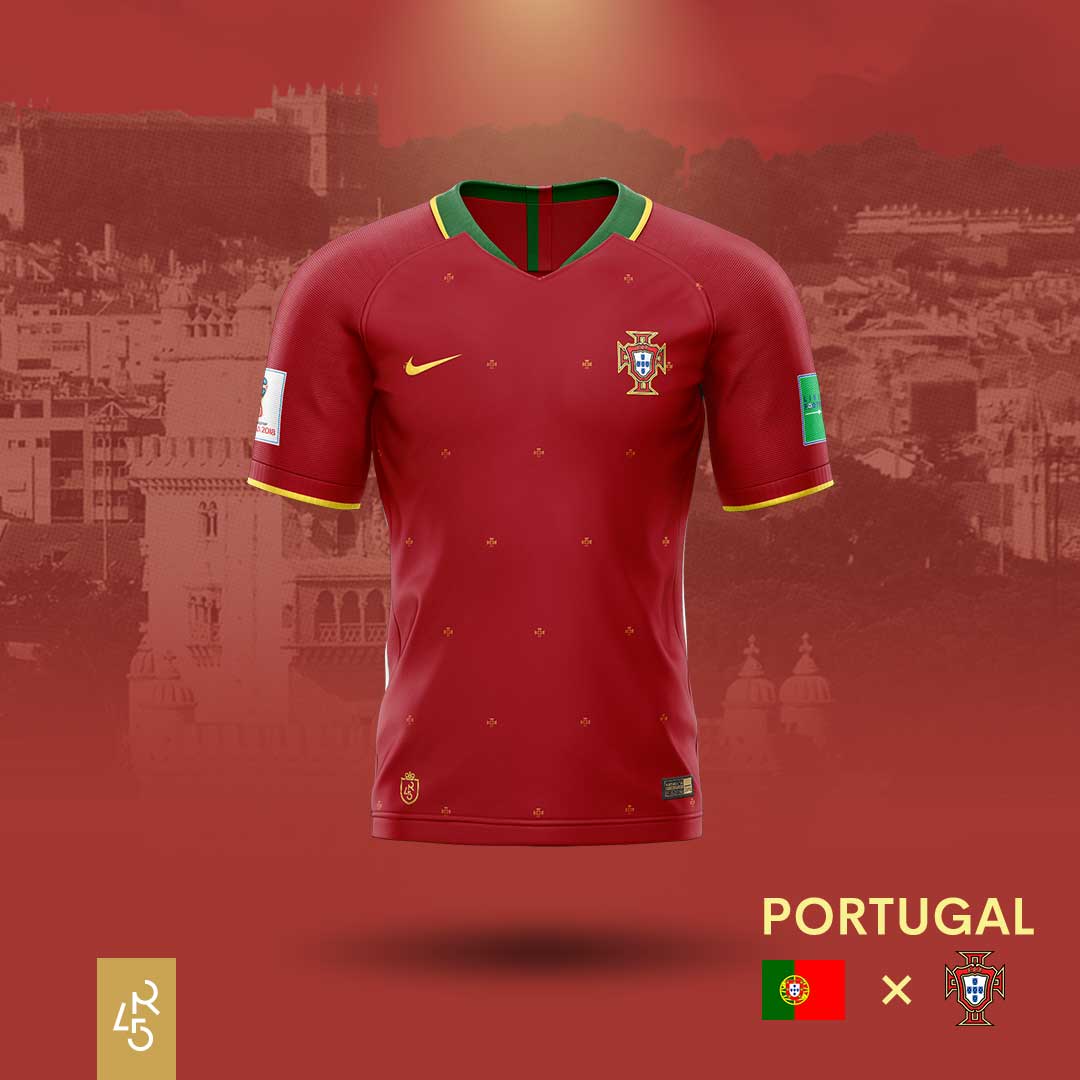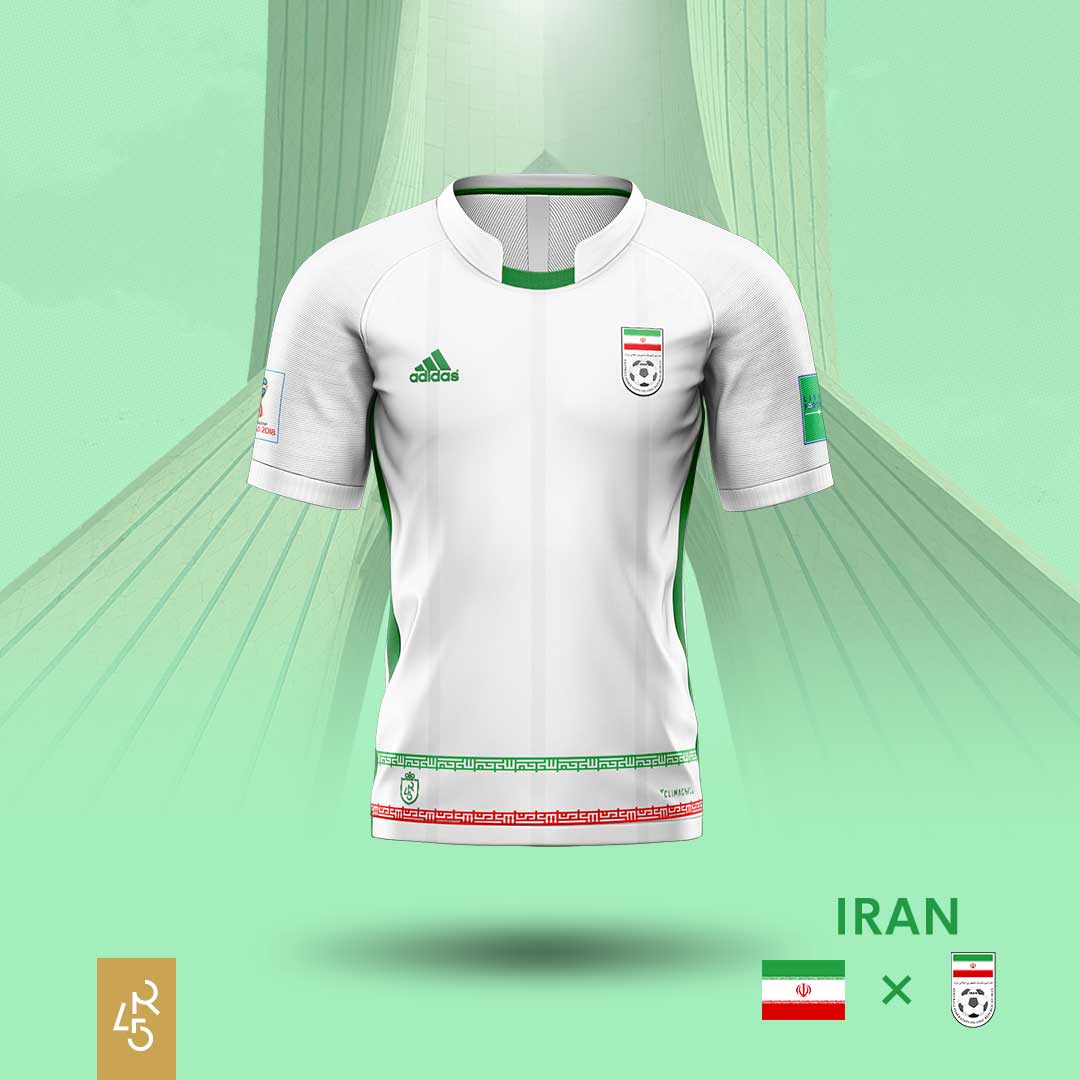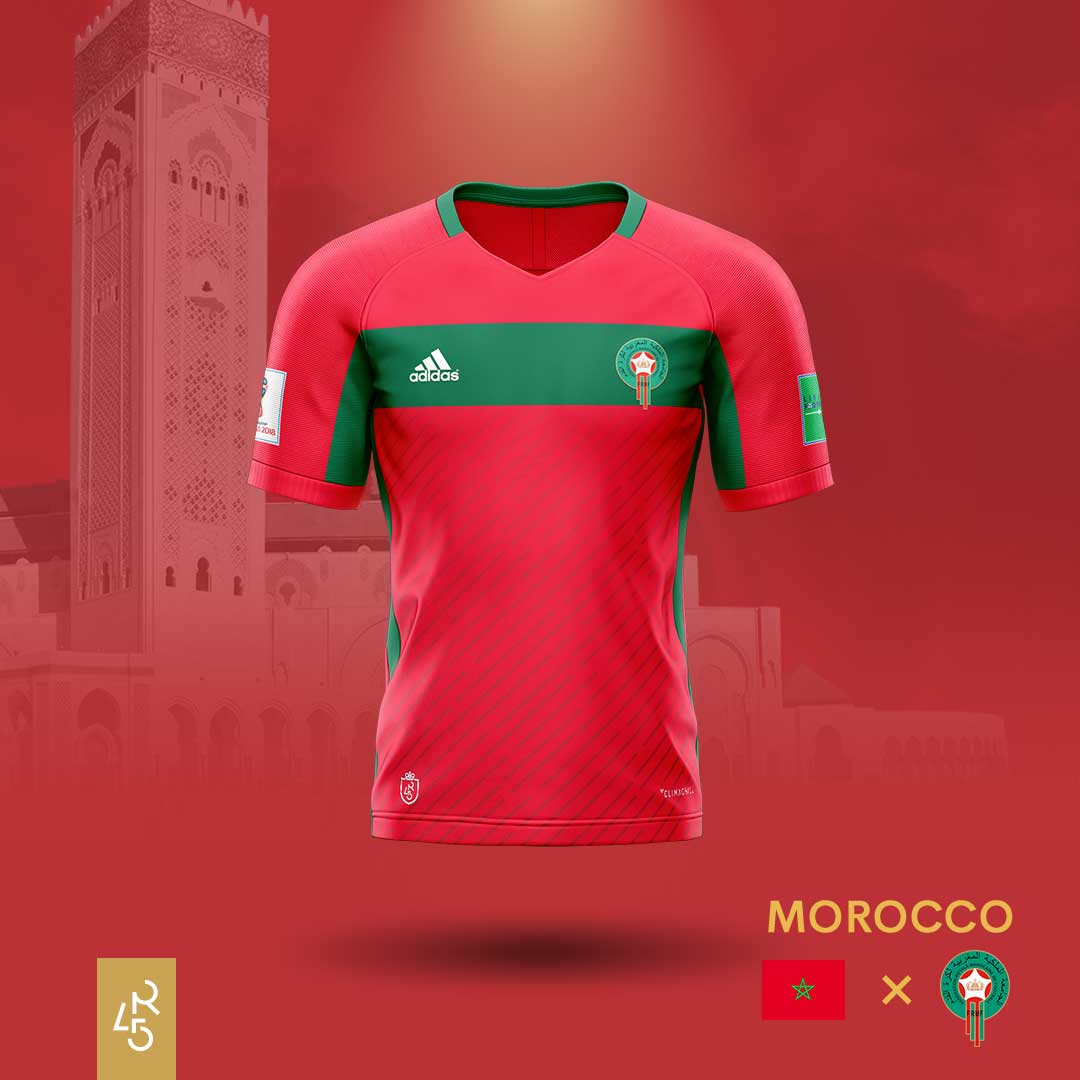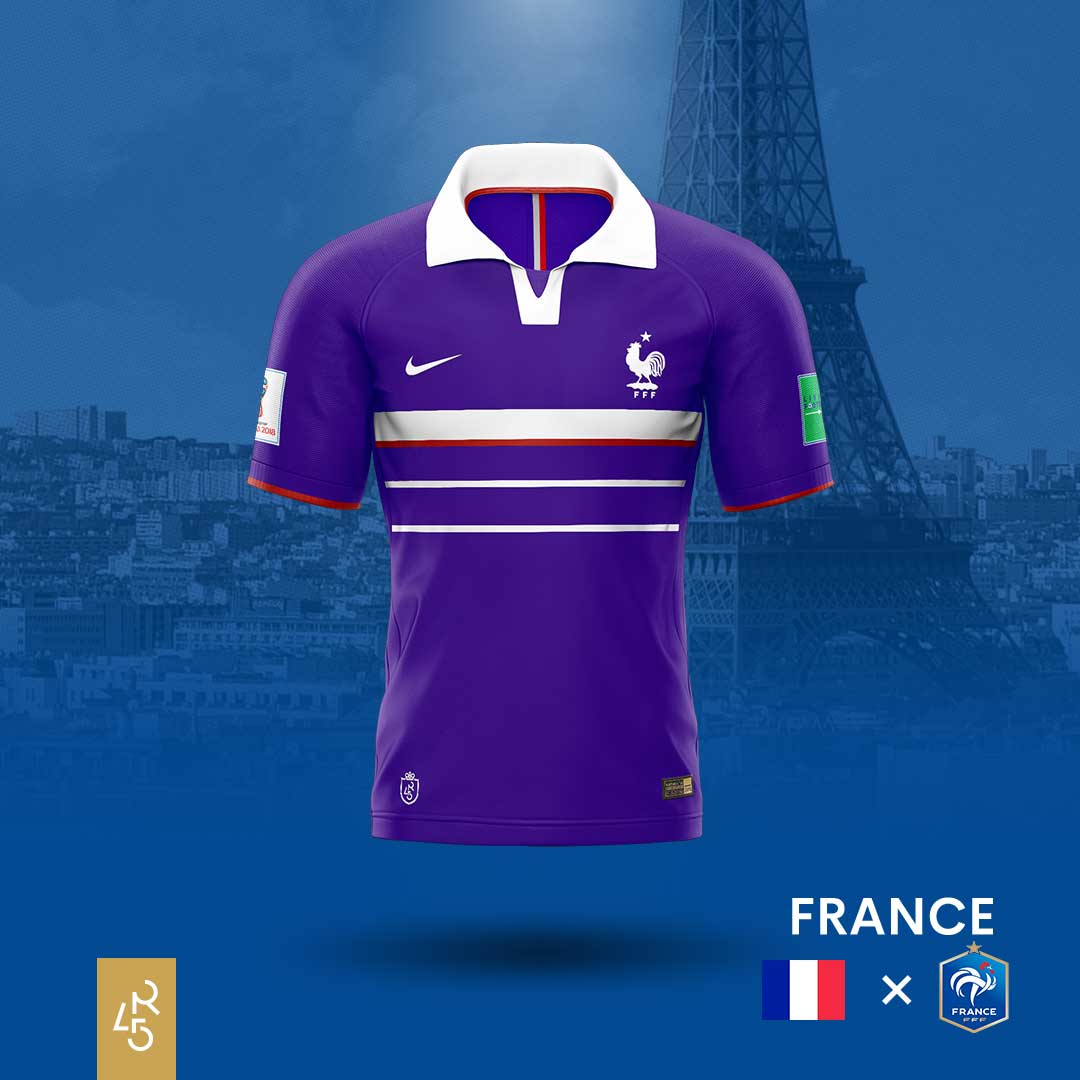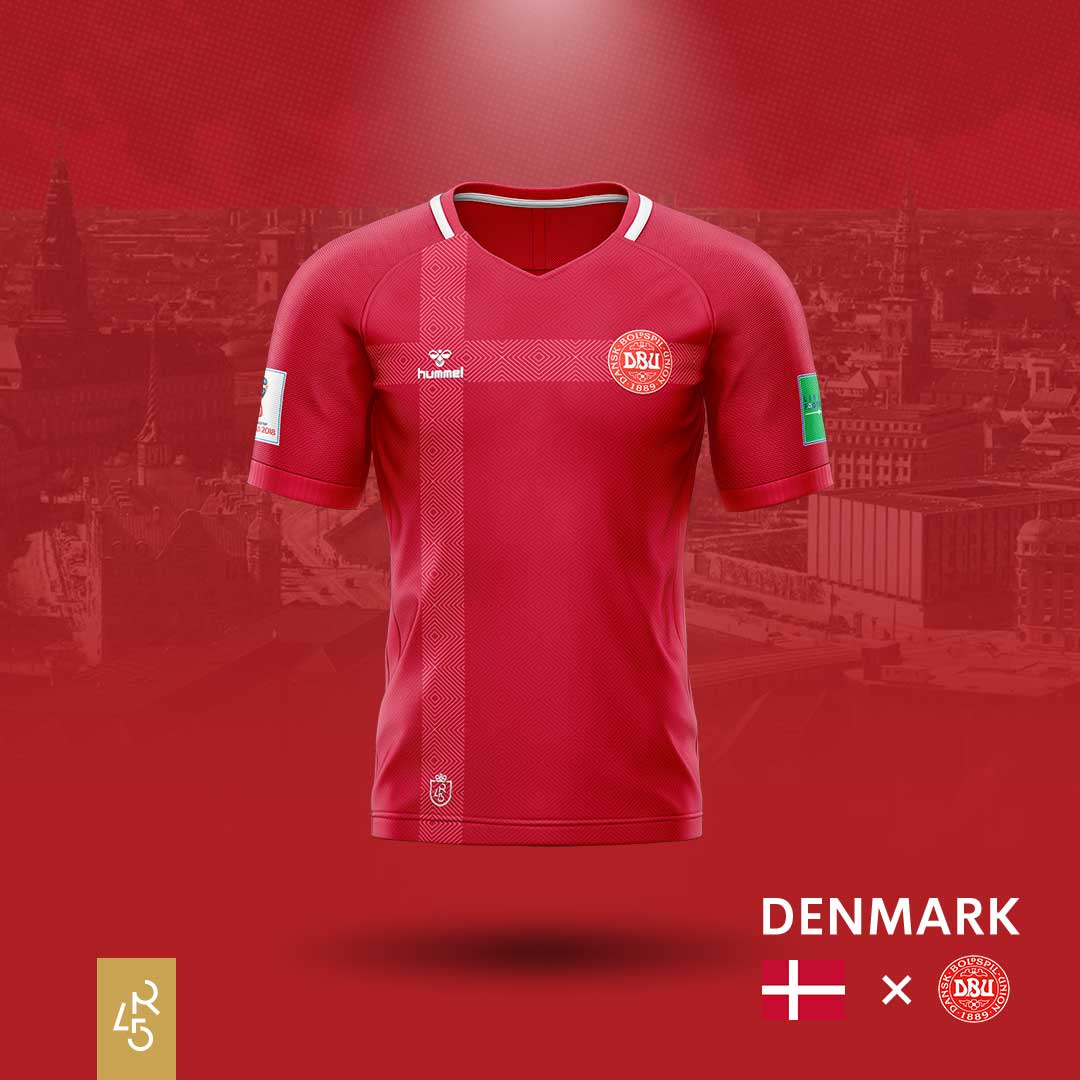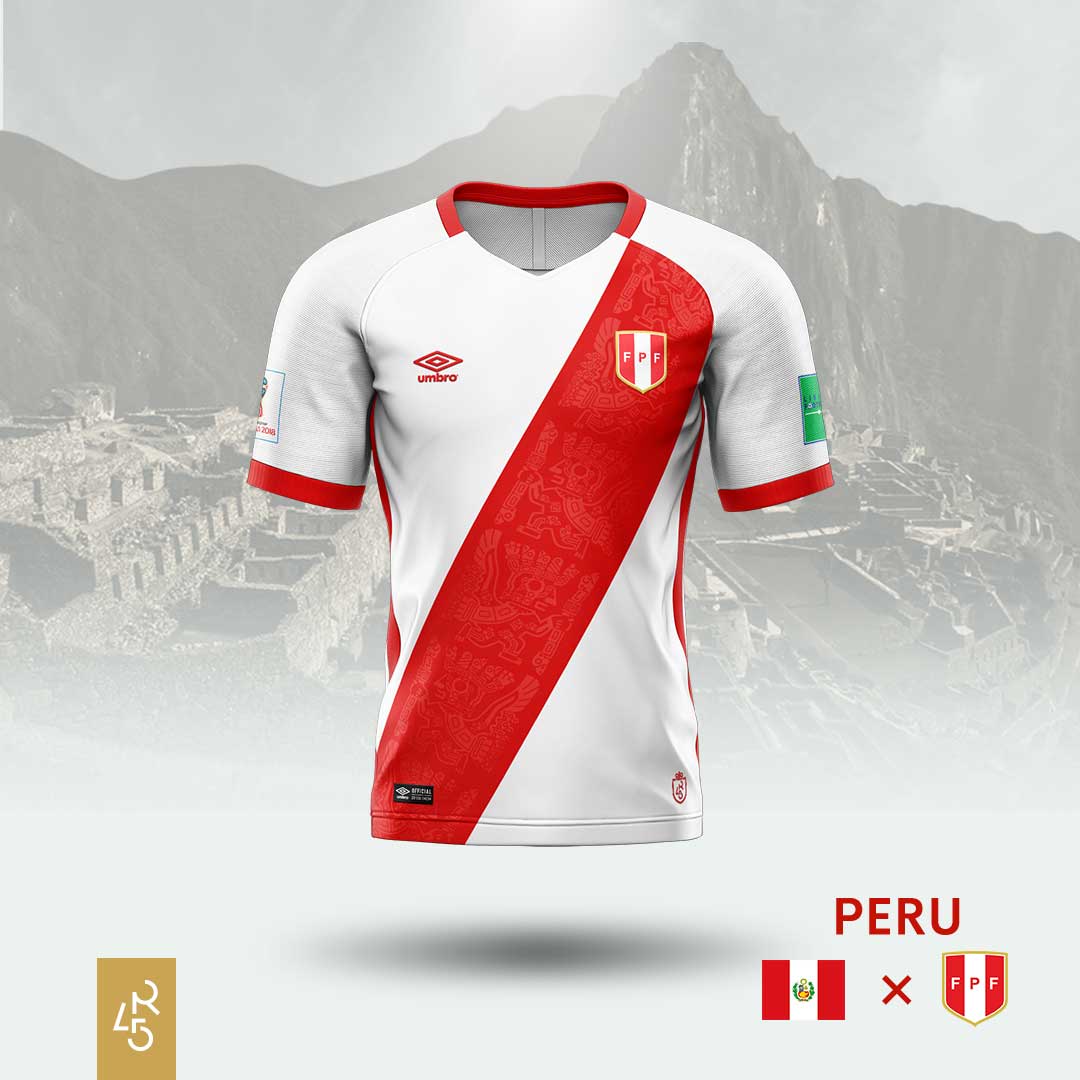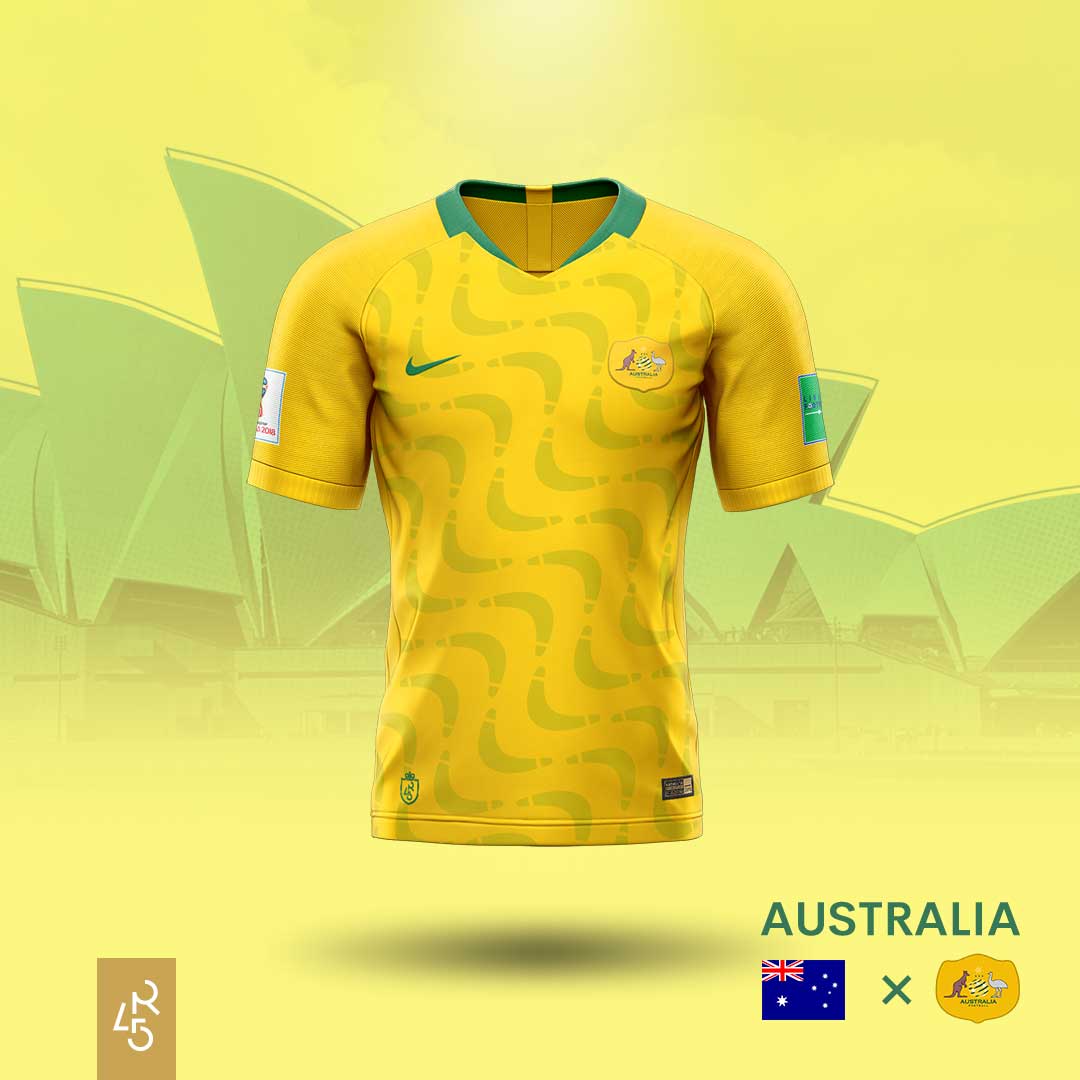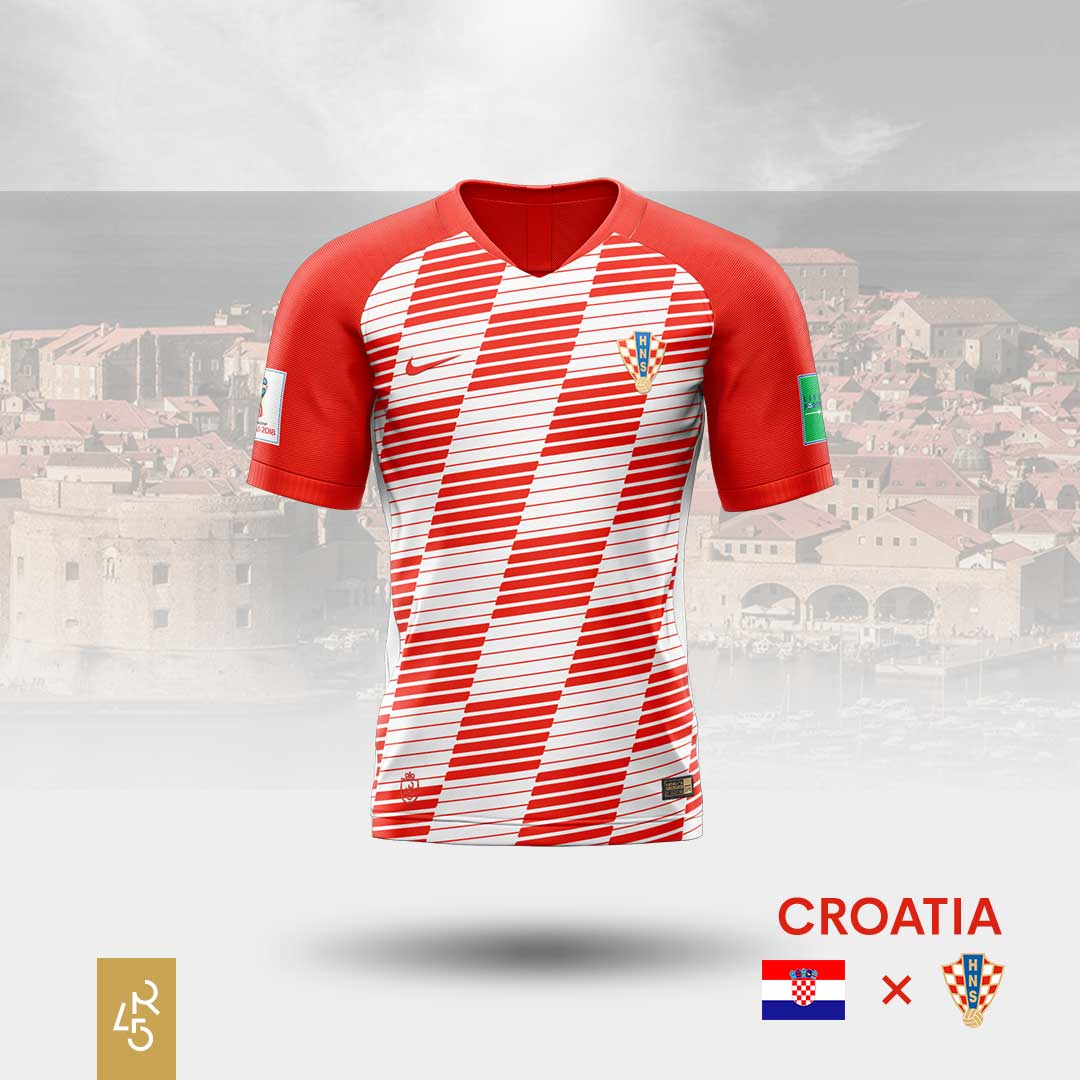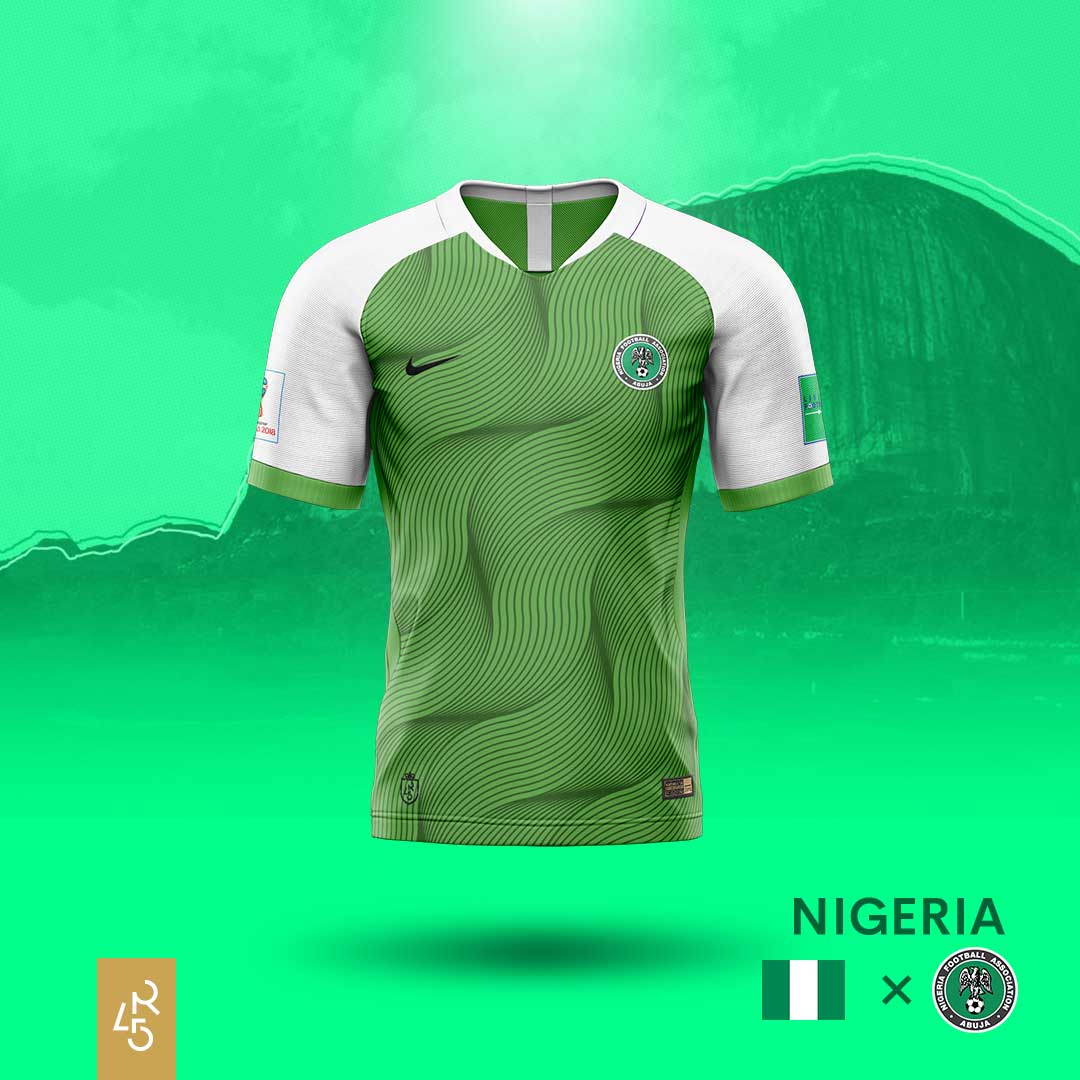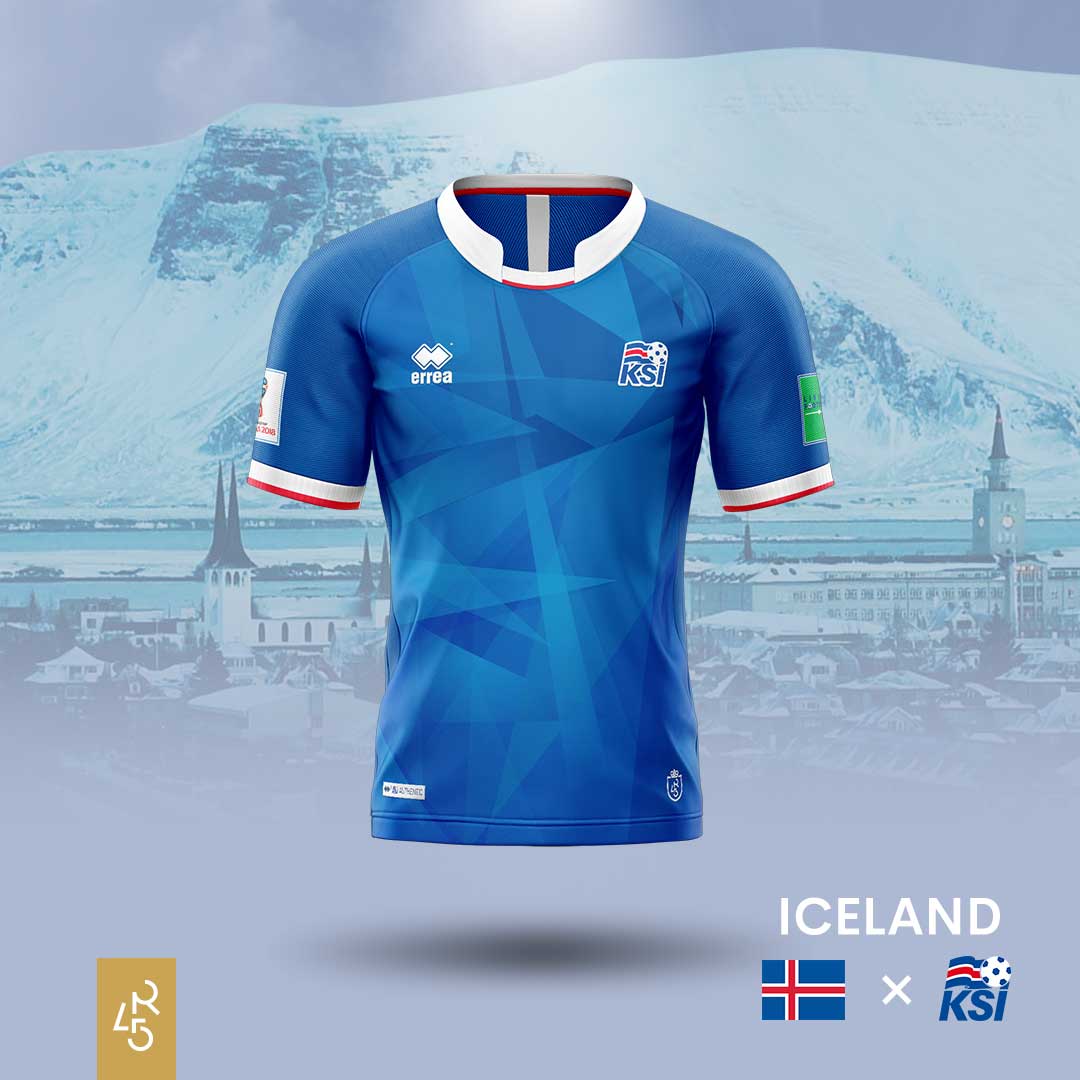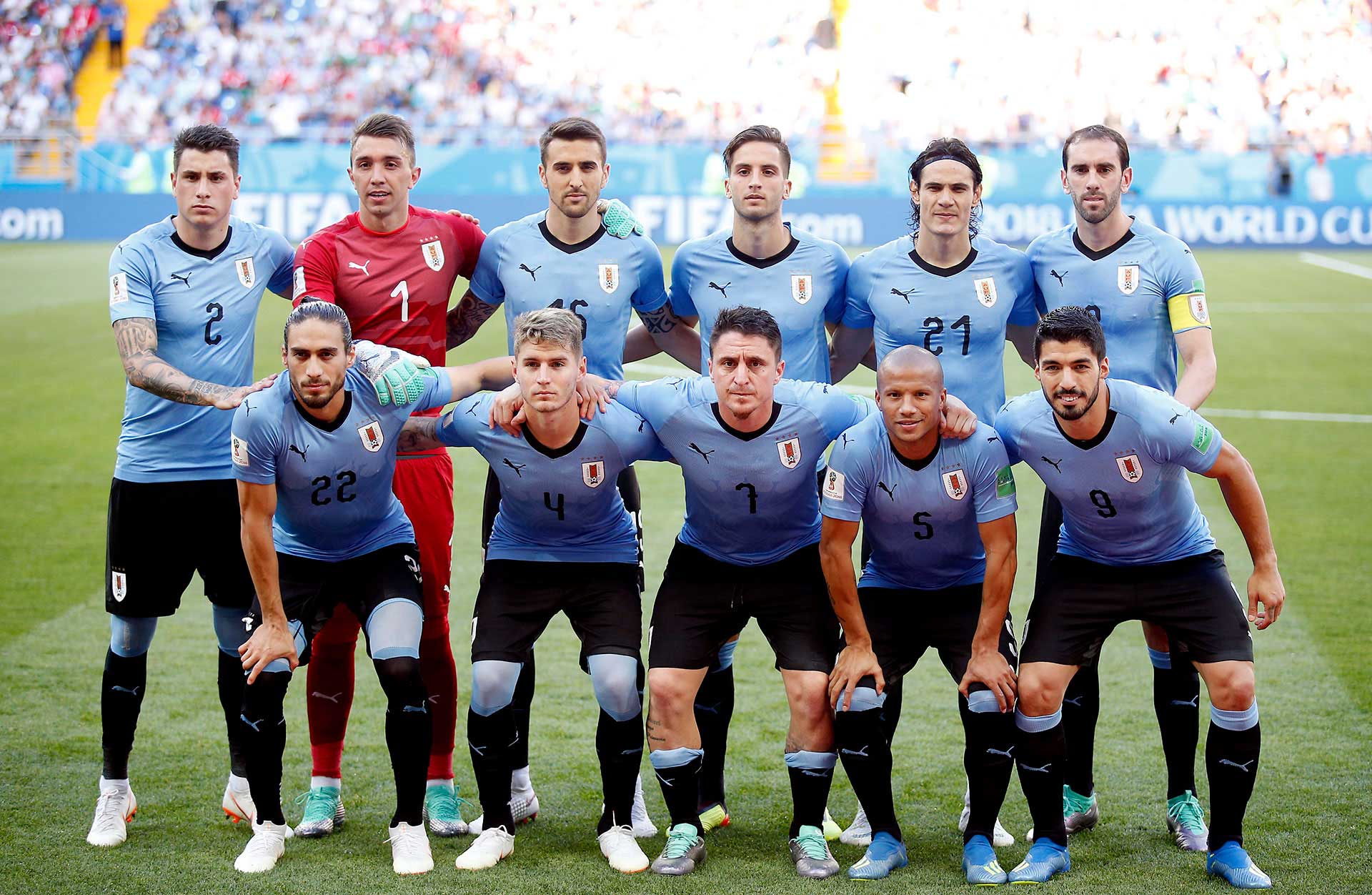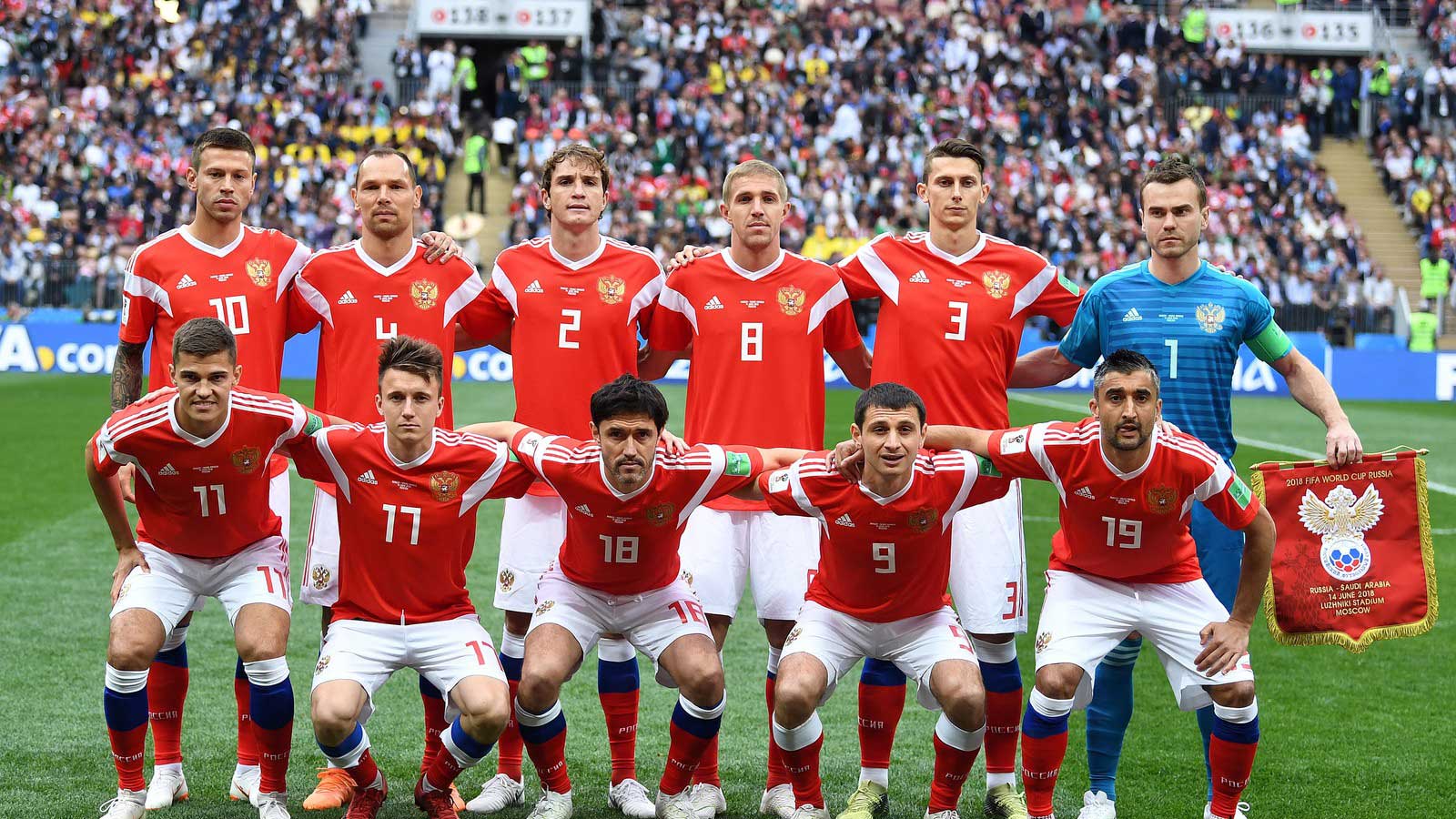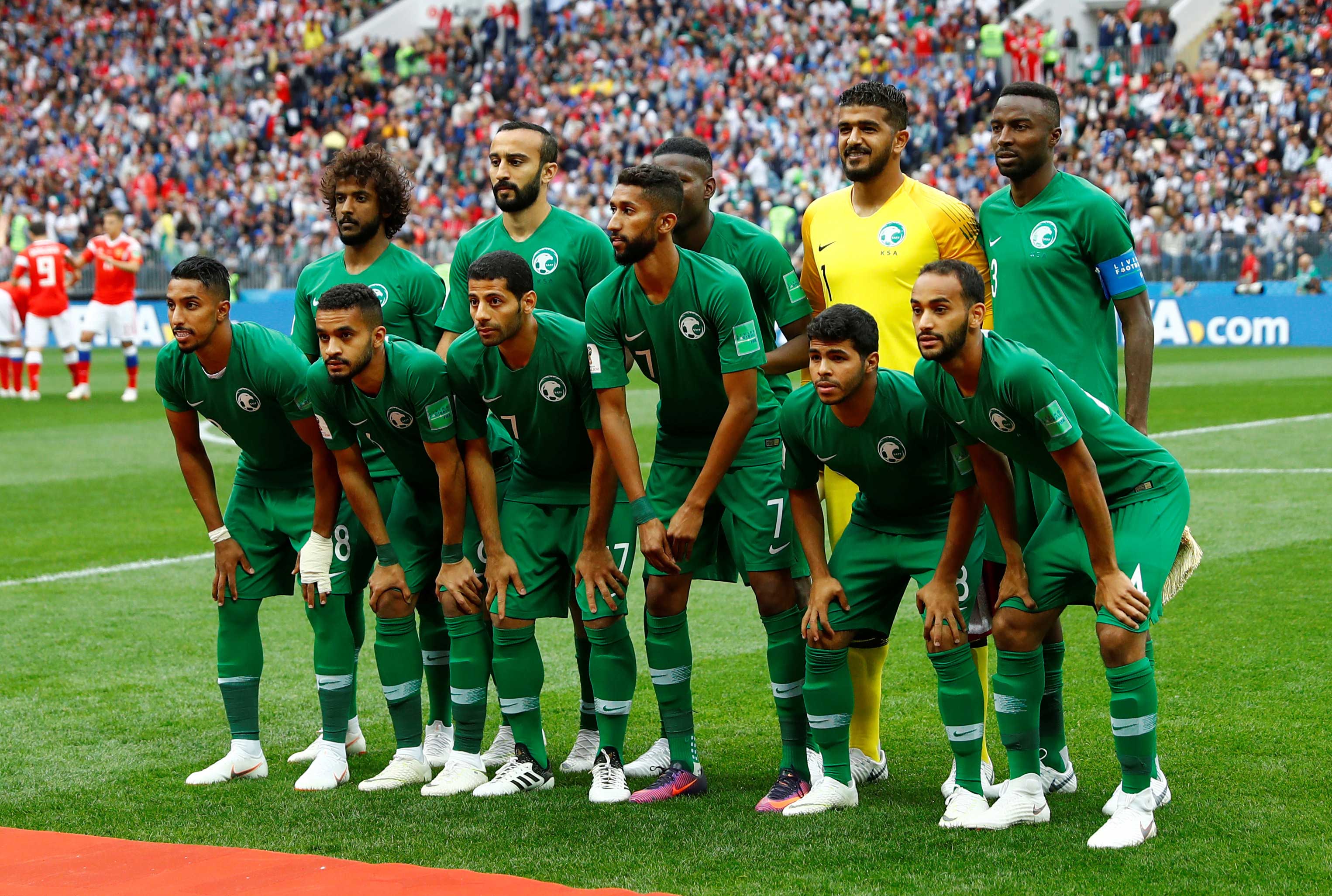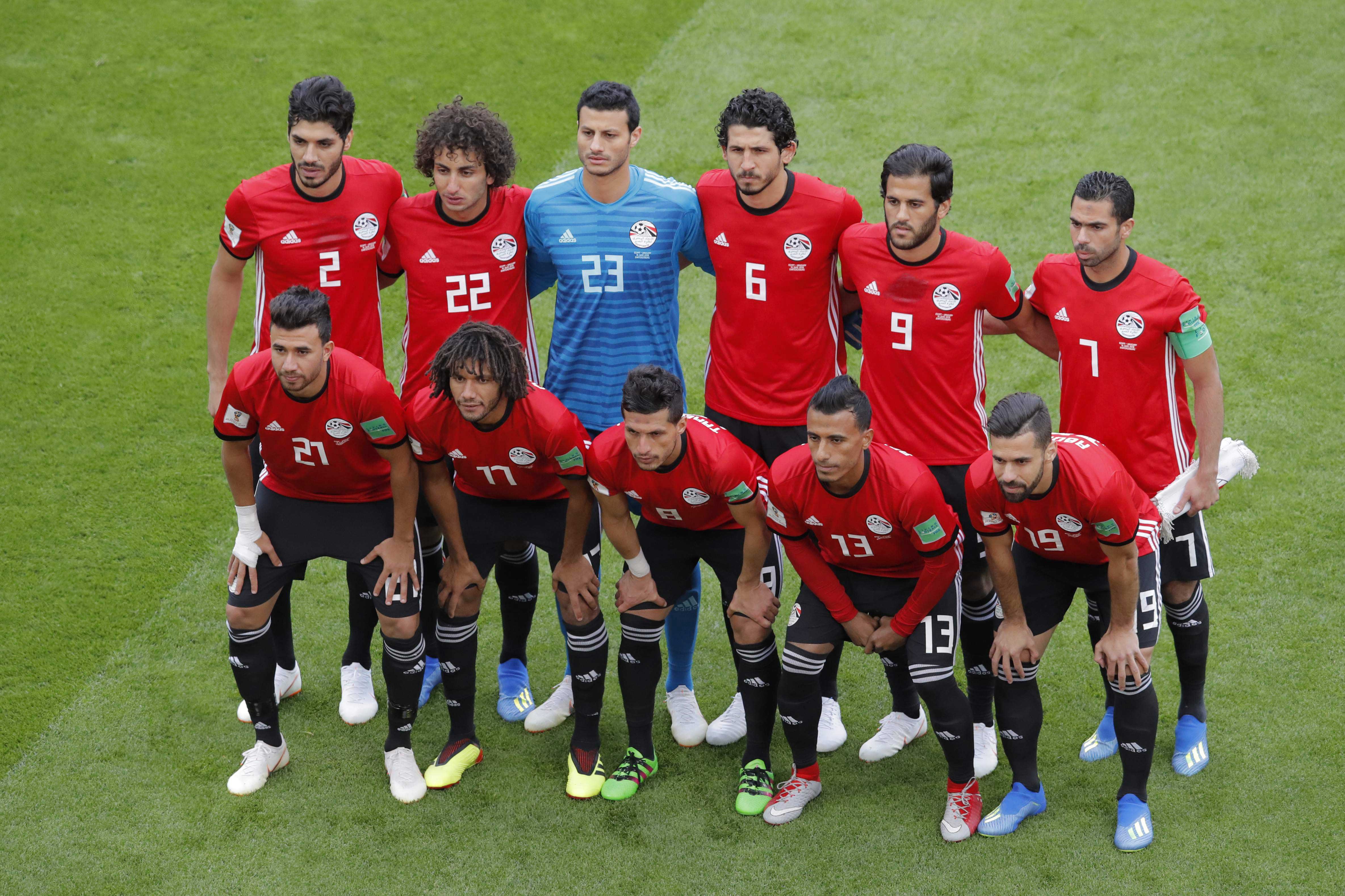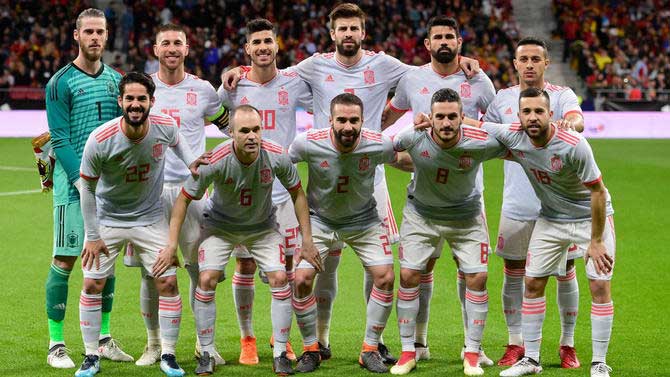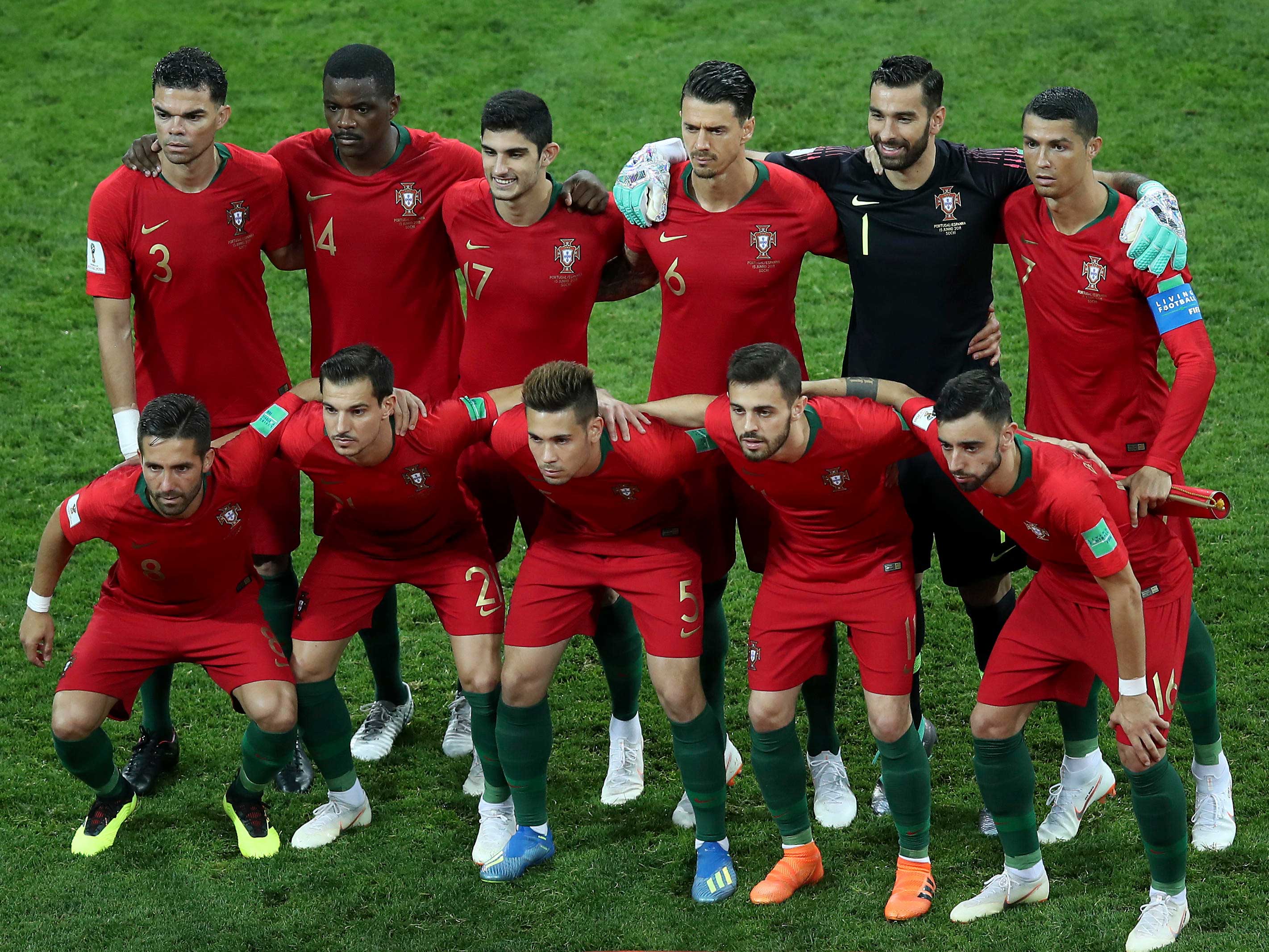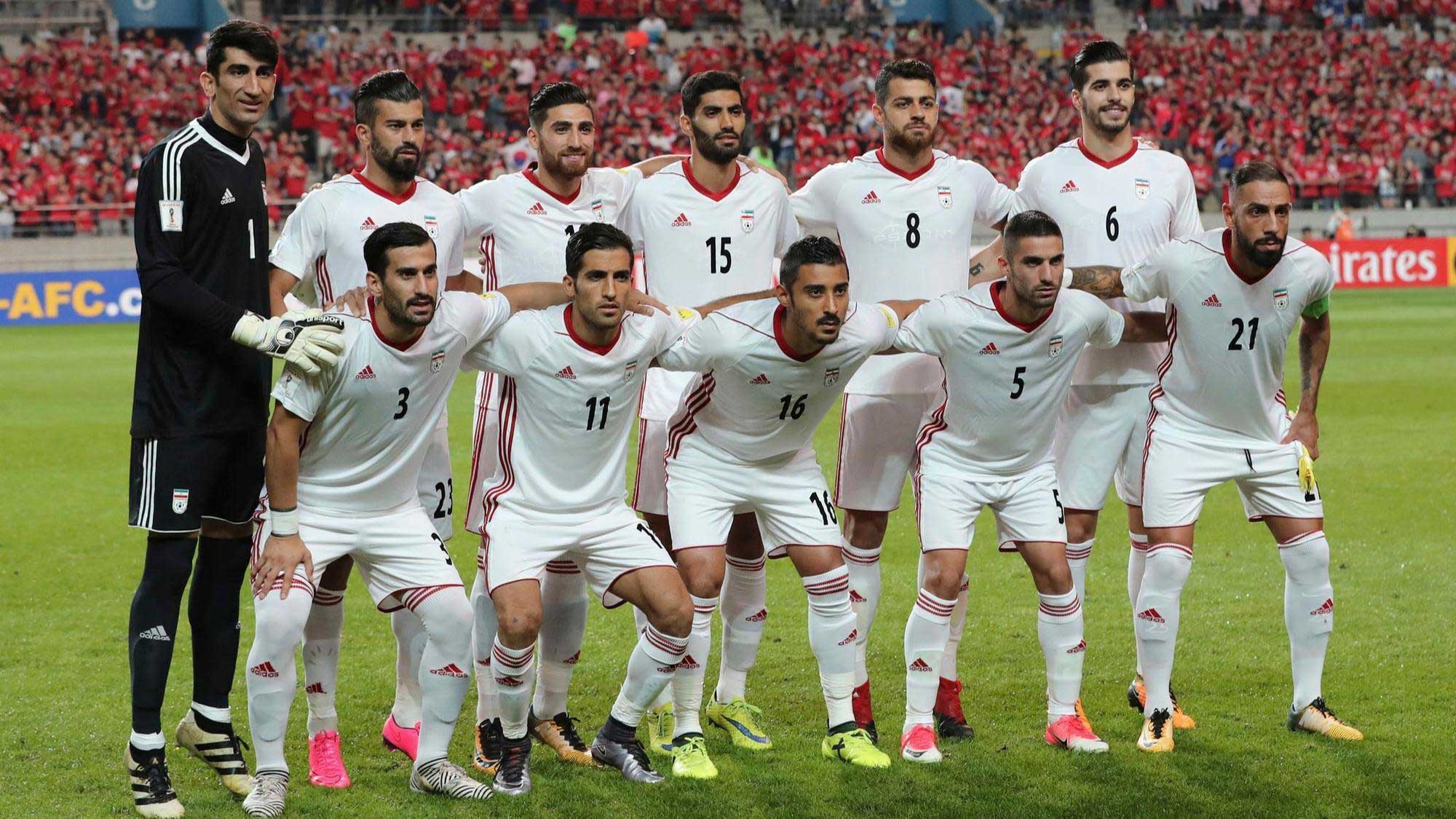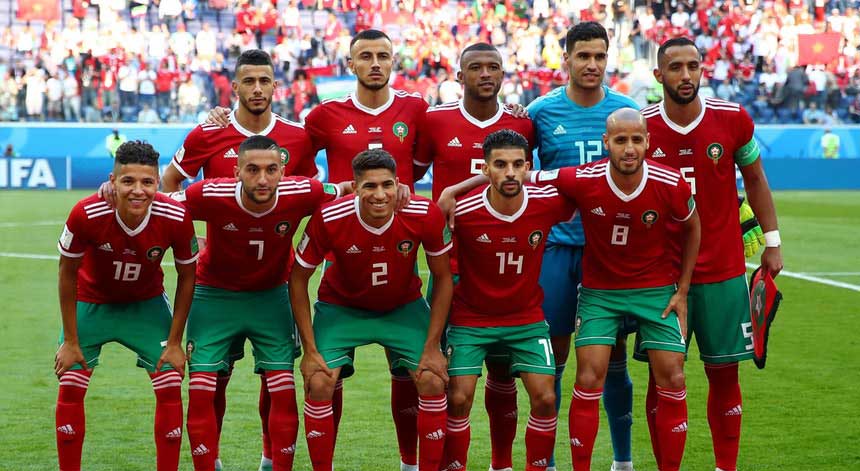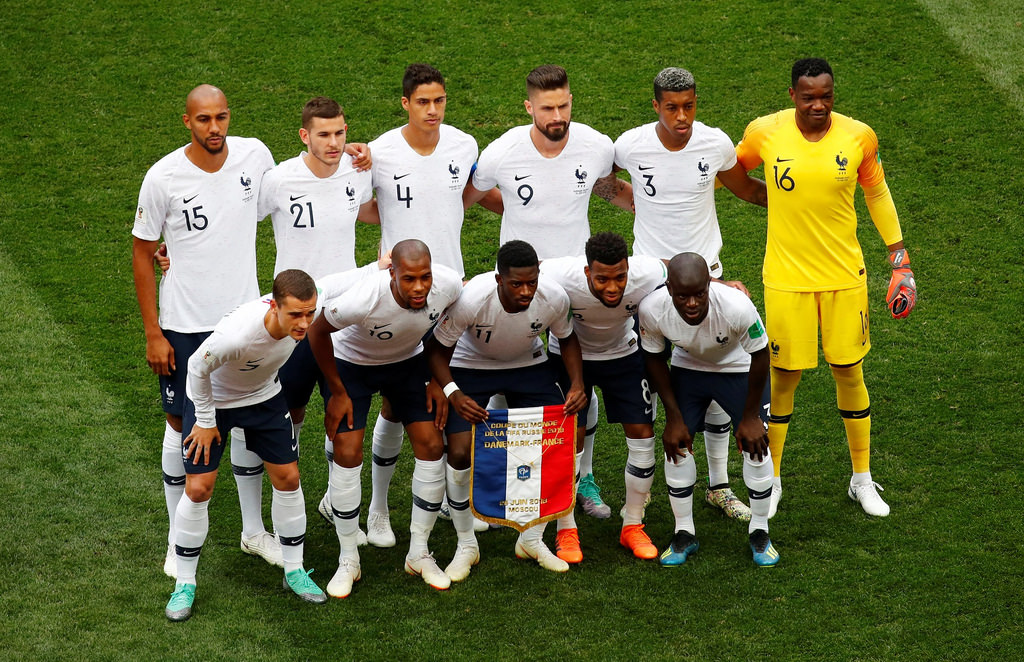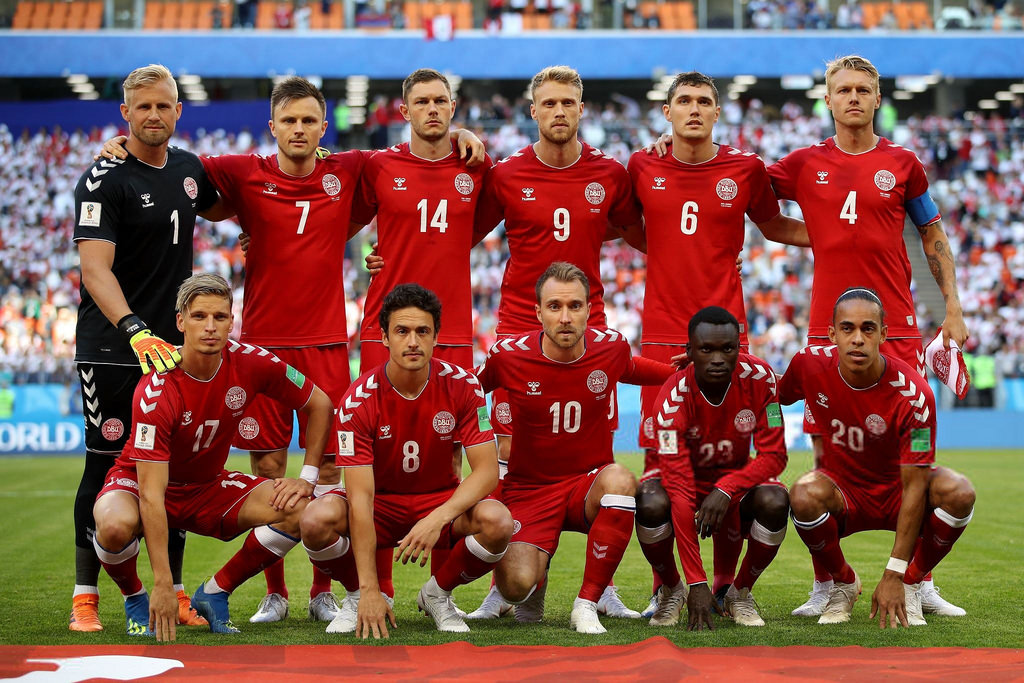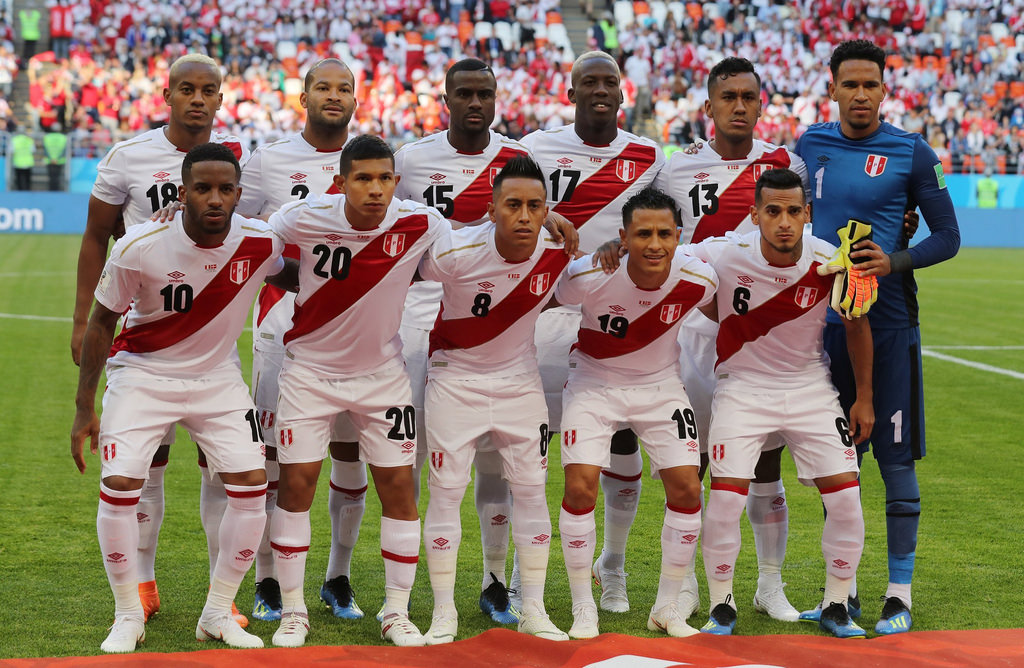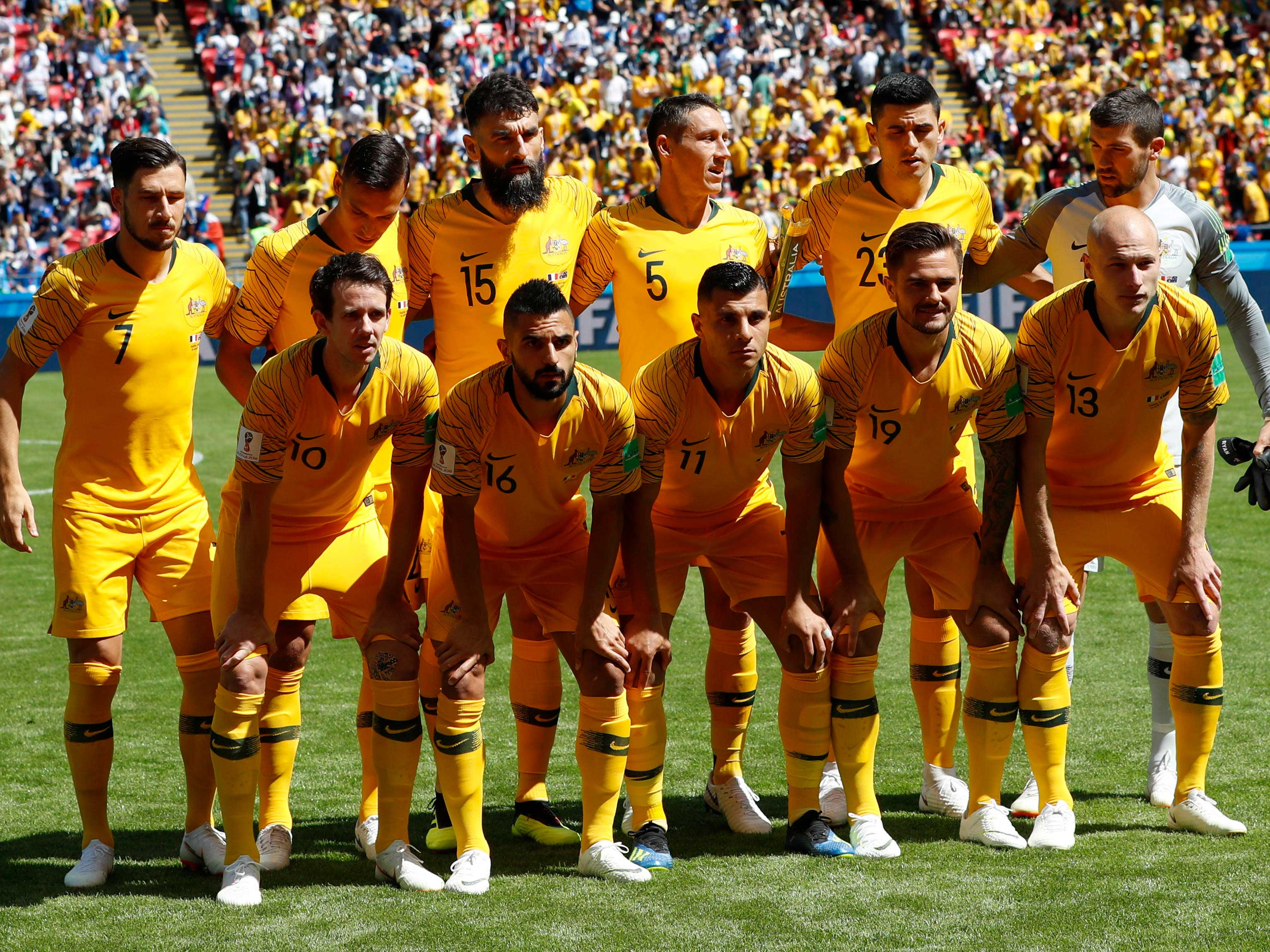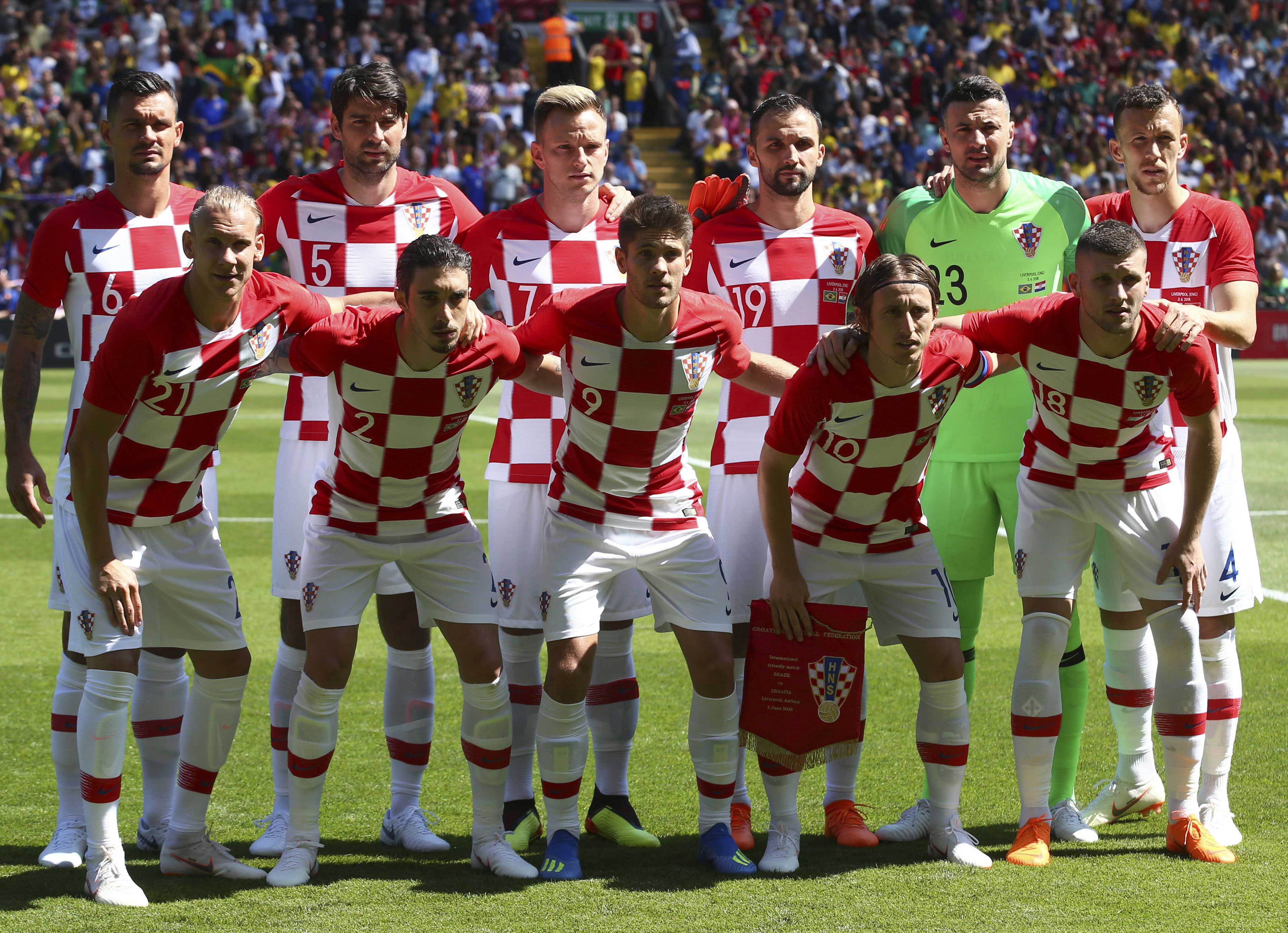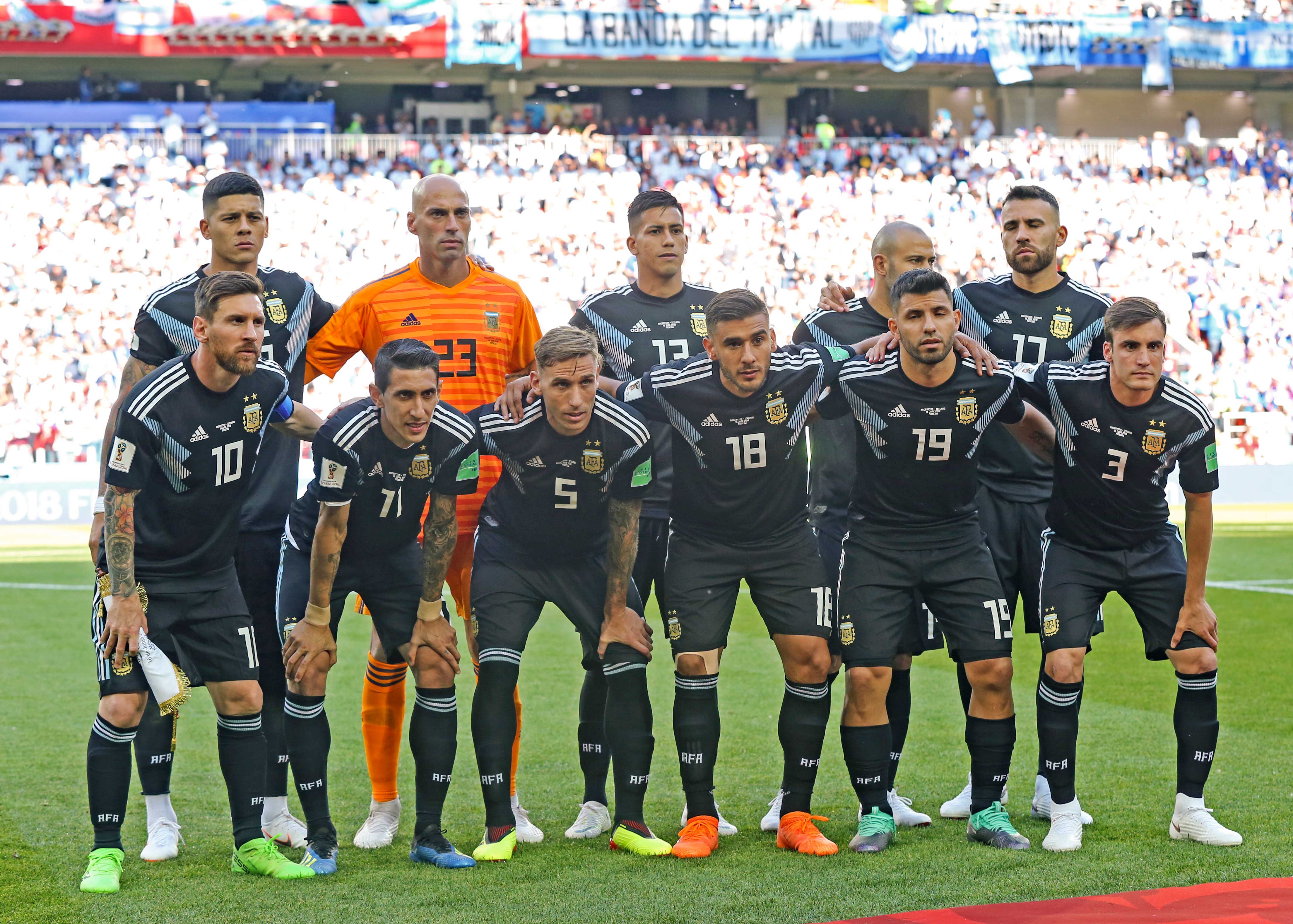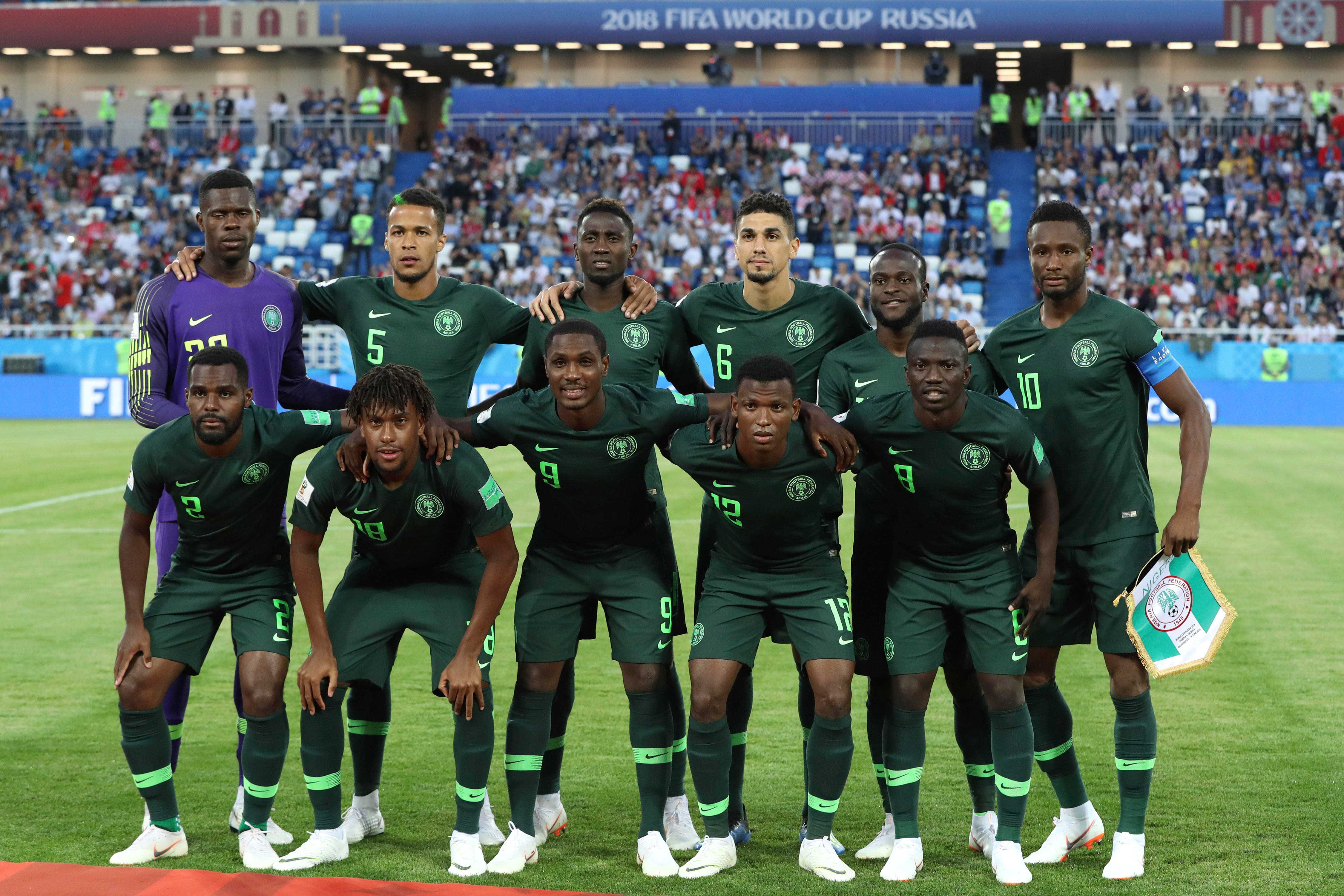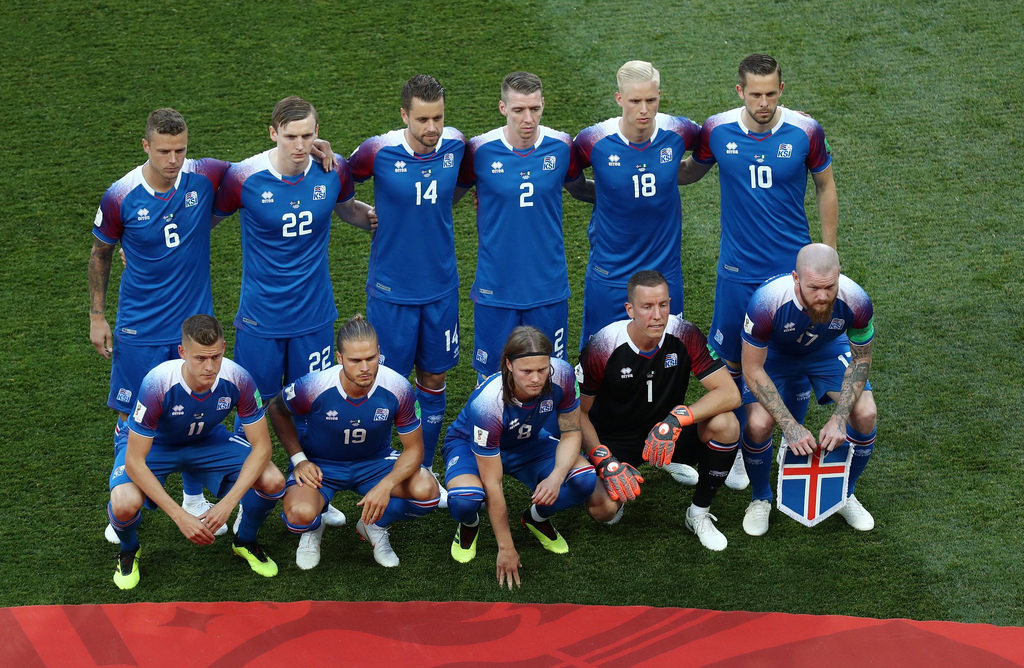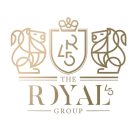Business - 2018 FIFA World Cup - Group ABCD
PART II - To Rank or Not to Rank, That is the Question
Exploring the business side of the 2018 FIFA World Cup
IInternational Football Business Institute & The Royal45 Group sharing the same vision went to explore the business side of the 2018 FIFA World Cup and thankfully to Martijn Ernest - Head of Research & Development alongside, Jos Verschueren (Mechelen, 1964) the Director Sports
Management at Vrije Universiteit Brussel - Faculty of Physical Education and Physiotherapy and Simon Van Kerckhoven (Mol, 1992) the manager of the program and entrepreneur in heart and soul here is a comprehensive business report about the 2018 FIFA World Cup in Russia.
-
Group A
Let us kick off the group stage with the host, Russia, and their opponents: Egypt, Saudi Arabia and Uruguay. Following the combined FIFA Ranking of all Teams in Group A, this one is the easiest of them all. As being the host country, Russia was slotted into Pot 1, making it impossible for them to be grouped with a powerhouse like Brazil, Spain or Germany.Following the combined FIFA Ranking of all teams in Group A, this one is the easiest of them all. As being the host country, Russia was slotted into Pot 1, making it impossible for them to be grouped with a powerhouse like Brazil, Spain or Germany.
-
But it gets even easier. Based on the Elo ratings - a measure of a team’s quality that takes into account factors such as margin of victory, game importance and game location- “Russia’s group with Uruguay, Egypt and Saudi Arabia has an average rating of 1720, which is 98 points worse than the average of all World Cup teams”.
Daniel Levitt and Michael Caley, FiveThirtyEight, calculated that this is the largest gap between group strength and the World Cup average for any group in the World Cup since the expansion to the modern format in 1986. Apparently, if you take a closer look, the FIFA ranking tells you more than you think. And then, what about the IFBI ranking?
Does it hide something as well? Yes it does!-
In the IFBI ranking, all teams were granted a score based upon selected parameters (Infra). Russia is ranked number 8, Egypt number 12, Saudi Arabia number 18 and Uruguay number 10. At first sight, nothing special. They are not on top of the list, but they are not performing badly either.
But actually, as a group they are not doing badly at all.
When we combine the rankings of the four teams in this group, and compare the average ranking number to the seven other groups, Group A finishes on top of the list.Group A beats all other groups on the business side of football. Not bad for a group that has been called the worst group ever in World Cup history.
-
Group B
We already know who tops our list as a group, but what about the best team? Group B features Spain, Portugal, Morocco and Iran. With one time World Cup winner Spain and outsider Portugal, there are some great games coming up.Next to Spain and Portugal, two impressive non-European teams complete the group; Morocco and Iran. Therefore, it is not surprising that the average attendances of all teams in this group are relatively high.
Iran leads this group with an average attendance during the Qualifiers of 51.539.
Also in Morocco people cheered their team towards Russia; on average 39.750 people went to the stadium during the Qualifying round. -
Both Iran and Morocco beat Spain and Portugal, respectively with 29.621 and 38.352 spectators. This tendency of non-European teams scoring higher when it comes to fans attending the game in the stadium is something we see throughout the entire report.
Surprised to see Iran scoring sky high? Well, when your team played by far the best qualifiers in Asia and when you are unbeaten in 10 games in the final group stage and only concede two goals, people will come.
More specifically, CONMEBOL countries are the ones who seem to show up in big numbers to watch their national team look for success. Lonely at the top of the attendances-list:
The birthplace of football, England. -
Group C
Australia, Denmark, France and Peru will take on each other for the top two spots in Group C.
Peru, one of the teams with the lowest overall squad value, will participate against the current record holder in terms of most expensive players, France. To put things into perspective, Peru’s most valuable player André Carrillo (6 million EUR market value) is worth 102 million EUR less than France’s golden boy Killian Mbappé (108 million EUR market value). Similar to Peru, Australia does not stand out when you take a look at the total transfer value of their players. -
Bert van Marwijk, the Dutch manager who led the national team of the Netherlands to the final of the 2010 FIFA World Cup, needs to do it without any world class players. Brighton and Hove’s goalkeeper Matthew Ryan (8 million EUR market value) and Huddersfield’s Aaron Mooy (10 million EUR market value) represent 37% of the total squad value of the Socceroos.
With an overall squad value of 264.5 million EUR we cannot say the Danish lack quality.
But, when comparing to France they will not make any chance to try and go for the first spot in Group C. We are sorry, Denmark!
Time to take a look at France’s golden generation. We will let the next list of the players’ market value speak for itself:
- Killian Mbappé / 108 million EUR
- Antoine Griezmann / 90 million EUR
- Paul Pogba / 81 million EUR
- Ousmane Dembélé / 72 million EUR
- Raphaël Varane / 63 million EUR
- Thomas Lemar / 58.5 million EUR
- Samuel Umtiti / 54 million EUR
- Nabil Fekir / 54 million EUR
- N’Golo Kanté / 54 million EURWith the market value of nine players exceeding 50 million EUR and an overall squad value of 1.02 billion EUR, France looks ready to lift the cup for a second time after their victory in 1998.
-
Group D
Halfway through our list, we meet Argentina, Iceland, Croatia and Nigeria.
When talking about Nigeria, you know it is going to be a fashion talk!“When a World Cup kit is good, it becomes iconic”. Due to the competition’s quadrennial nature, it is the ideal event to really show off. Nike has understood that well. When Nike revealed its full lineup of World Cup kits for this summer's games, a flashy white-and-green jersey stole the show.
“When the collection went up for sale on the first of June, it sold out within minutes; some estimates had it at three minutes, speeds typically associated with the presales for Beyoncé tickets, and not merchandise for a soccer team expected to crash out in the first round”.
What a beauty!
Not only Nike is represented at the high mass of football. Adidas, Puma, New Balance, Umbro, Errea, Hummel, Uhlsport and Romai; everybody showed up. -
In Group D, Nike needs to compete with Adidas and Errea.
Obviously, center-stage amidst the brand battle for dominance to gain “cut-through and return-on-investment (ROI), are sportswear manufacturing rivals Adidas and Nike, who have gone head-to-head for years in a bid to become the world’s top soccer apparel brand”.
Who wins this year’s battle of the brands?
It will be a close call. -
